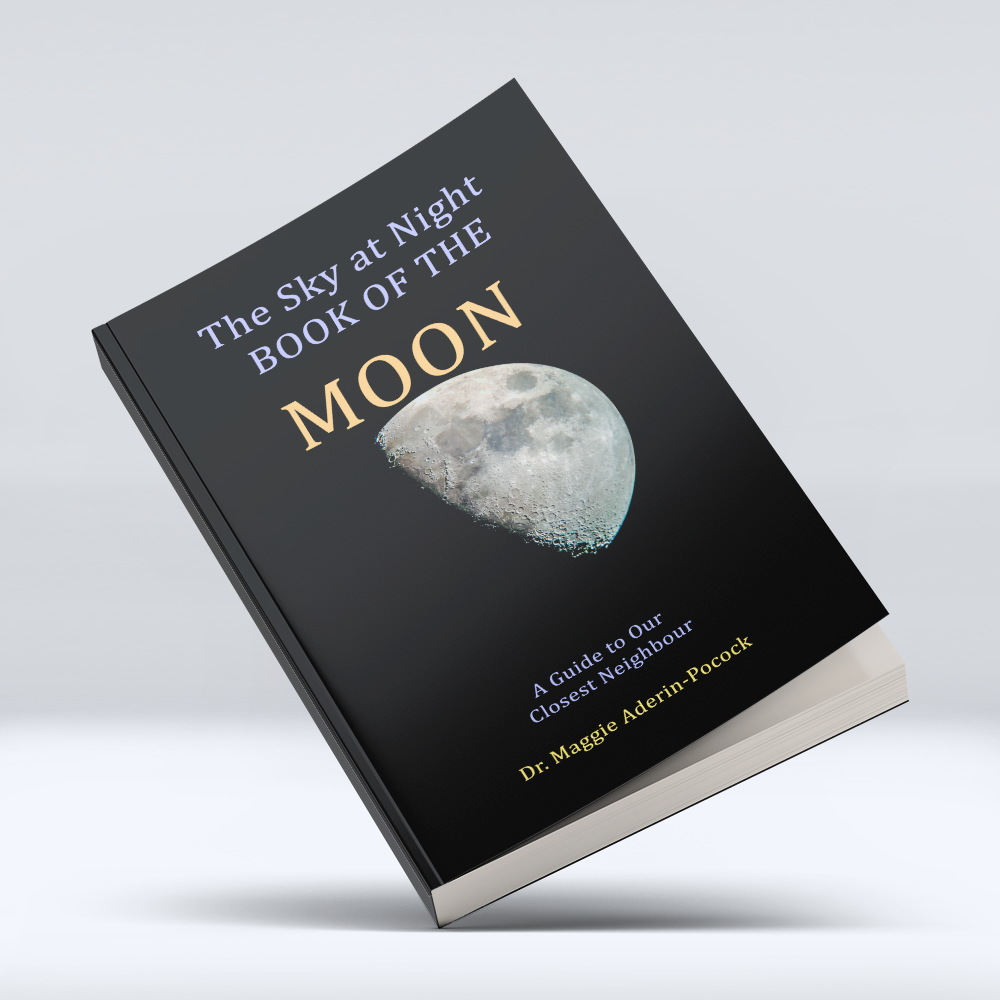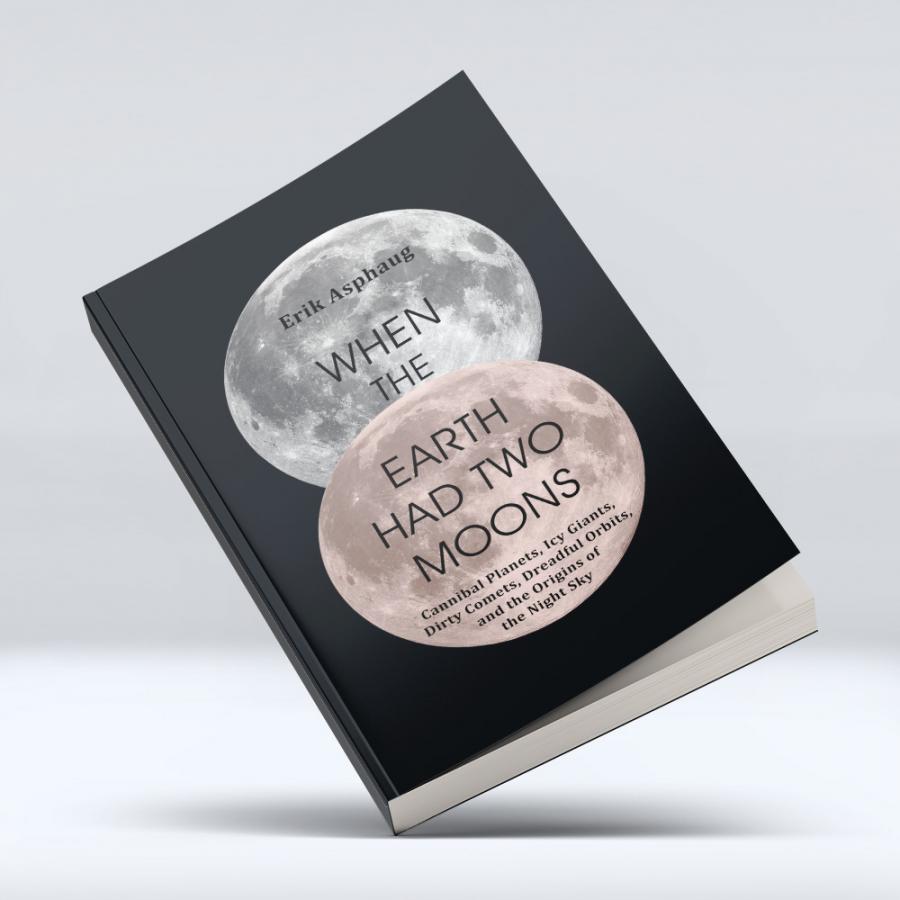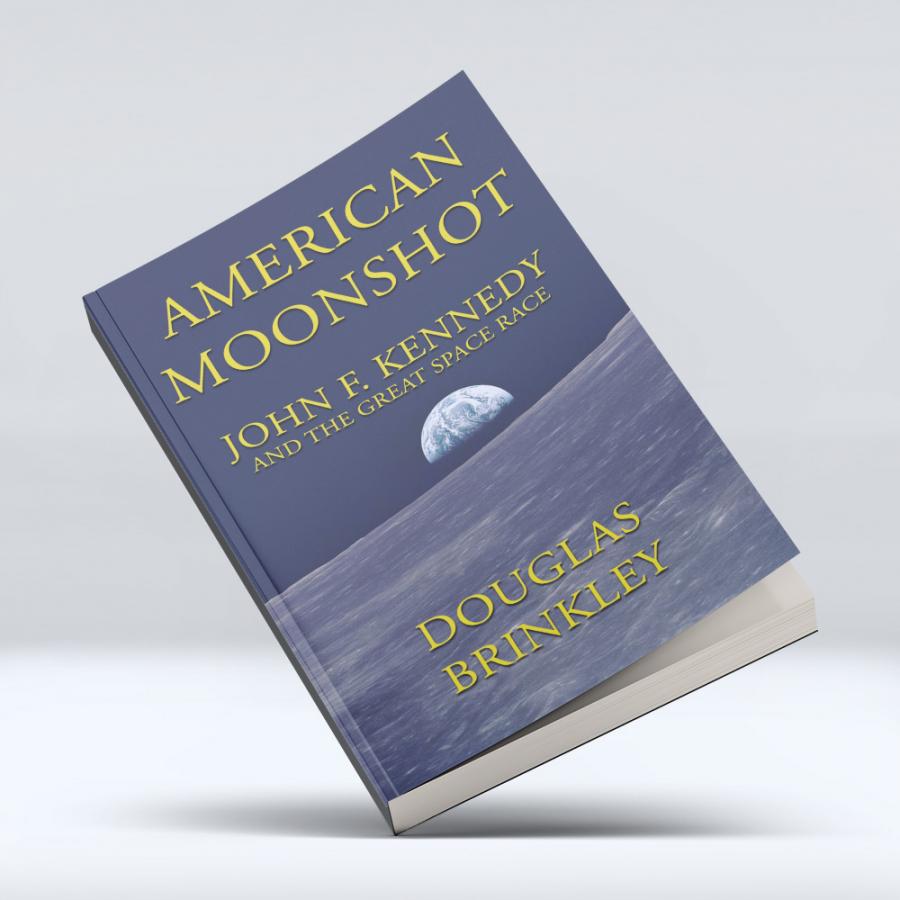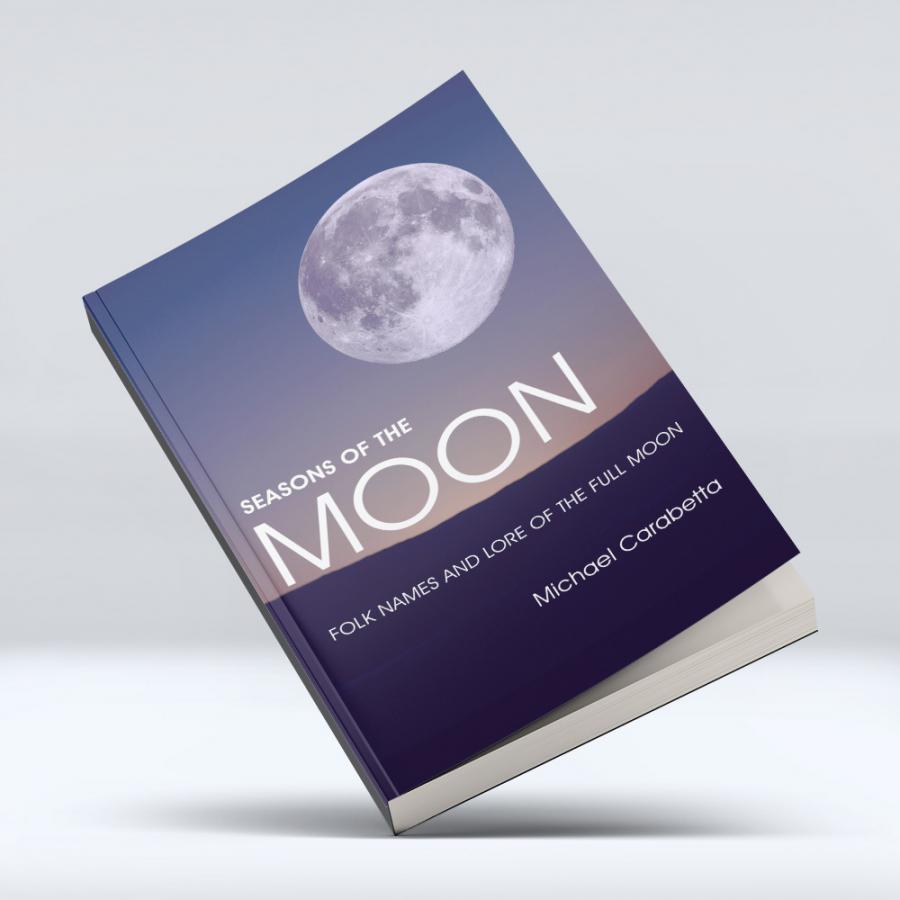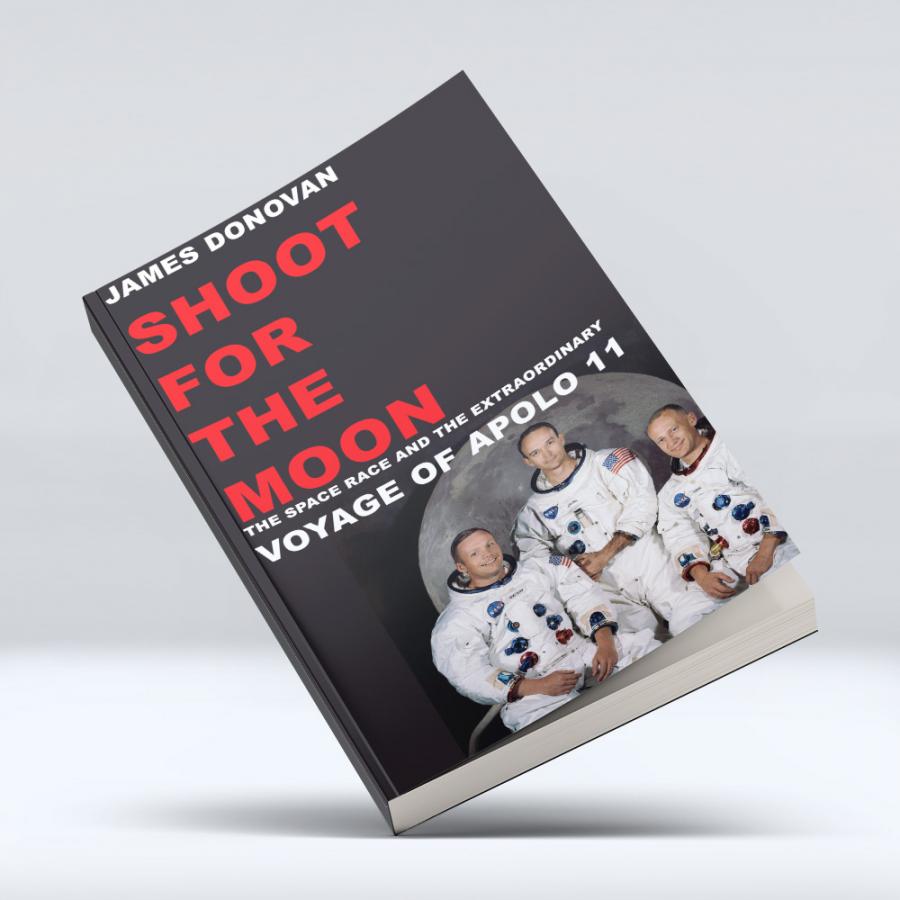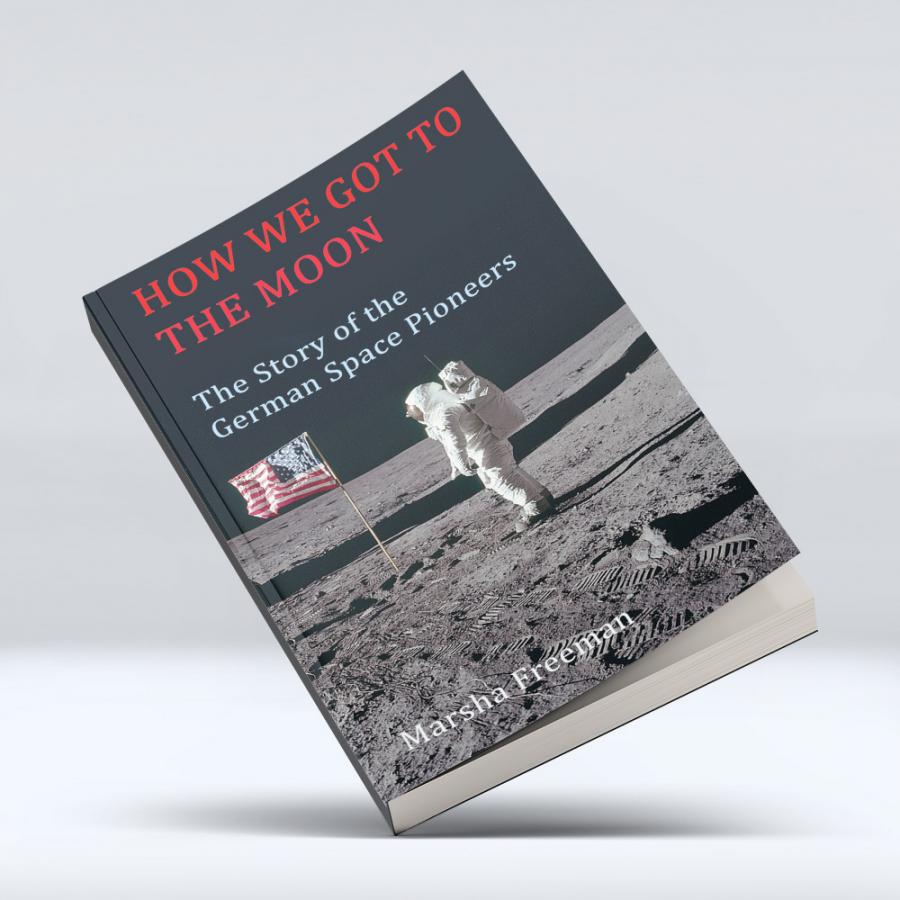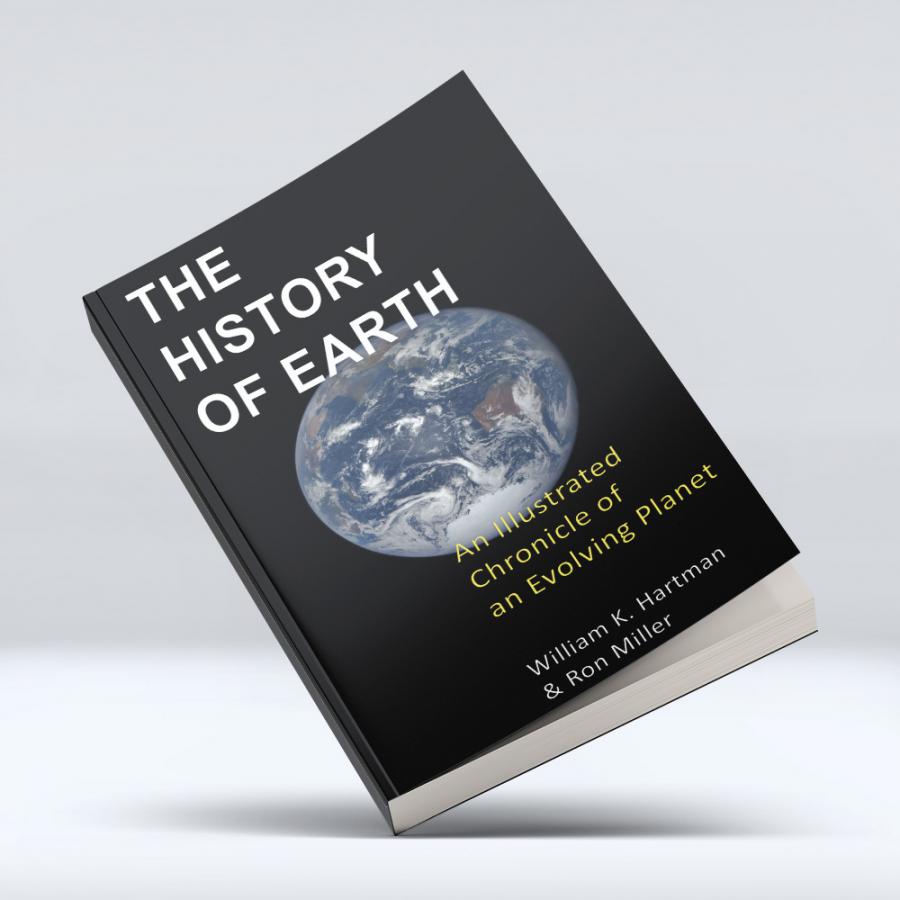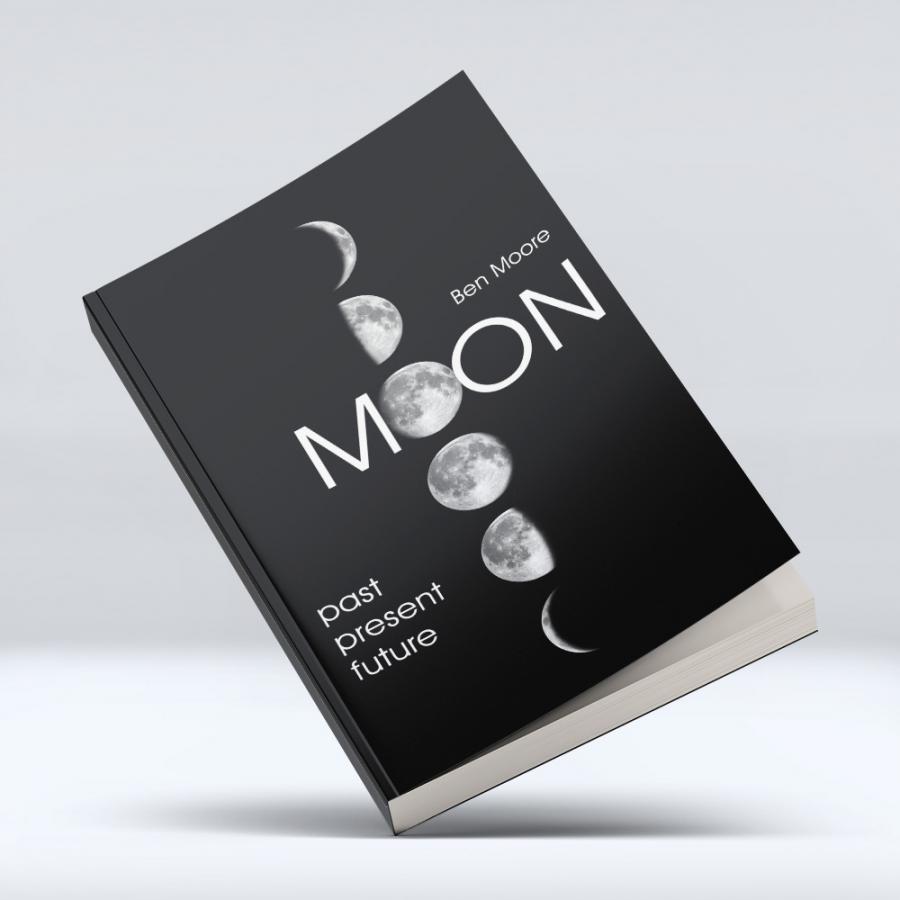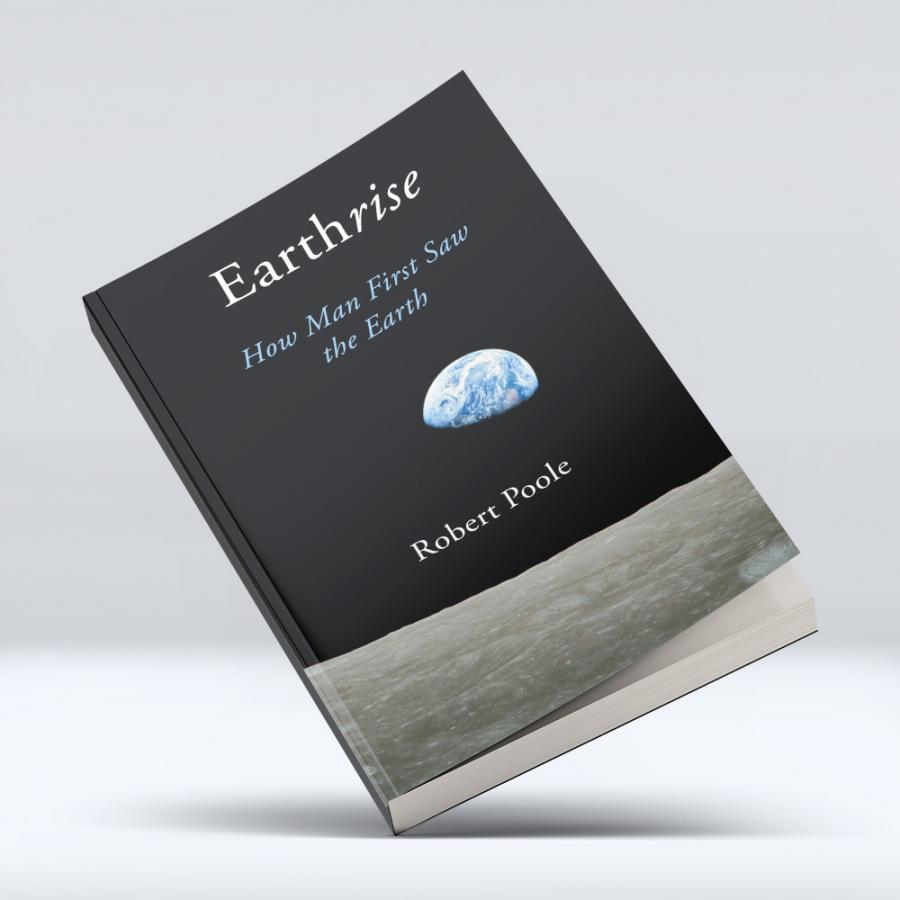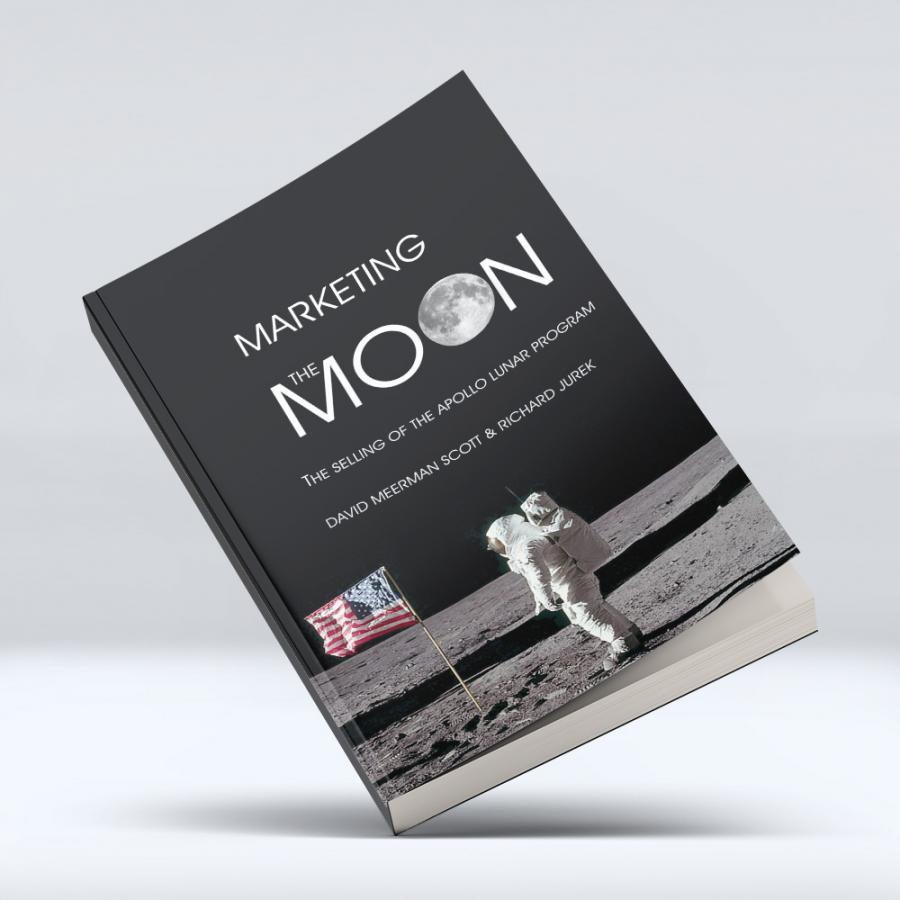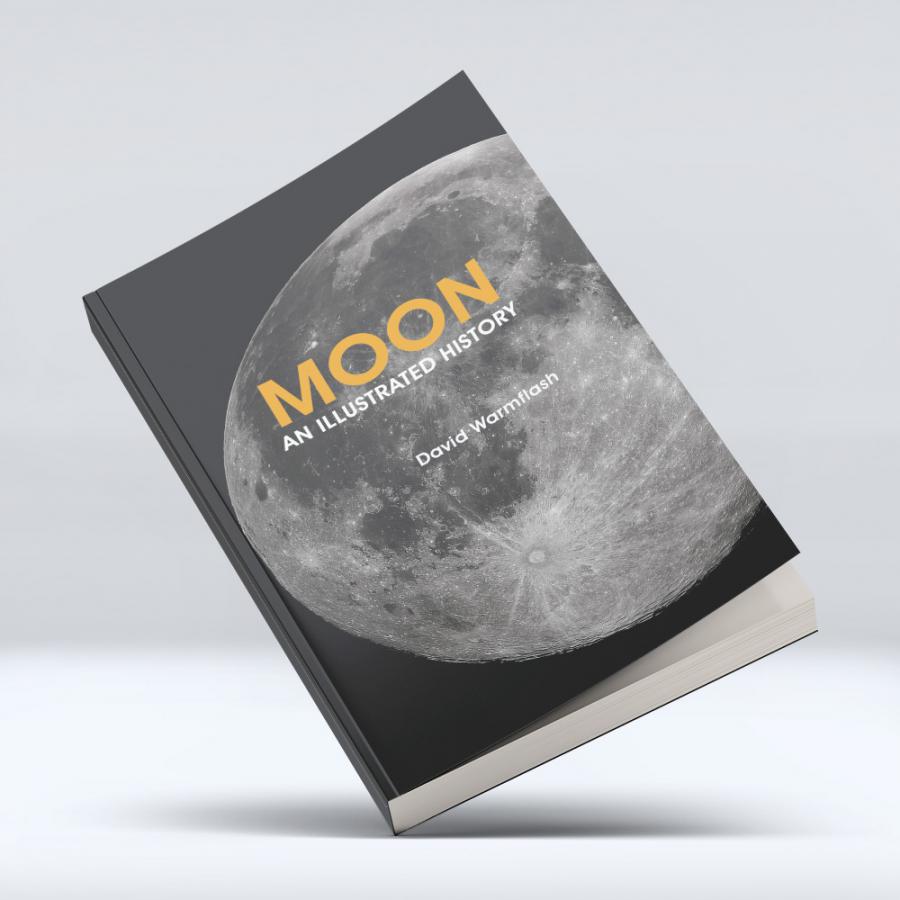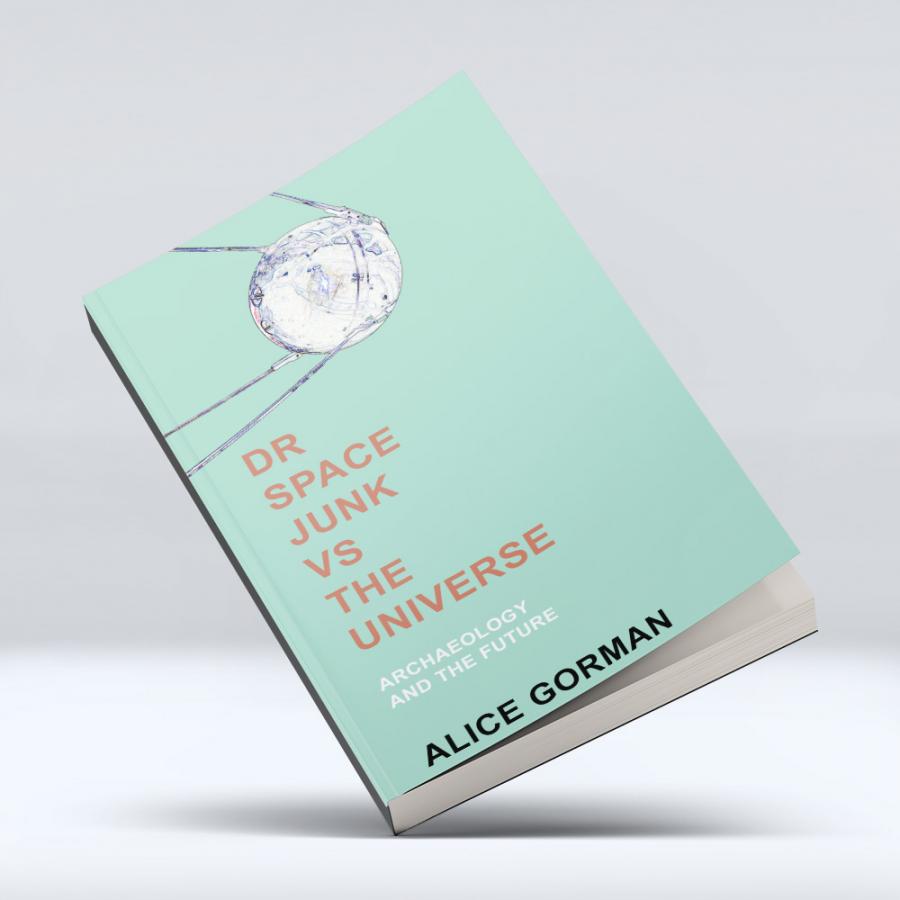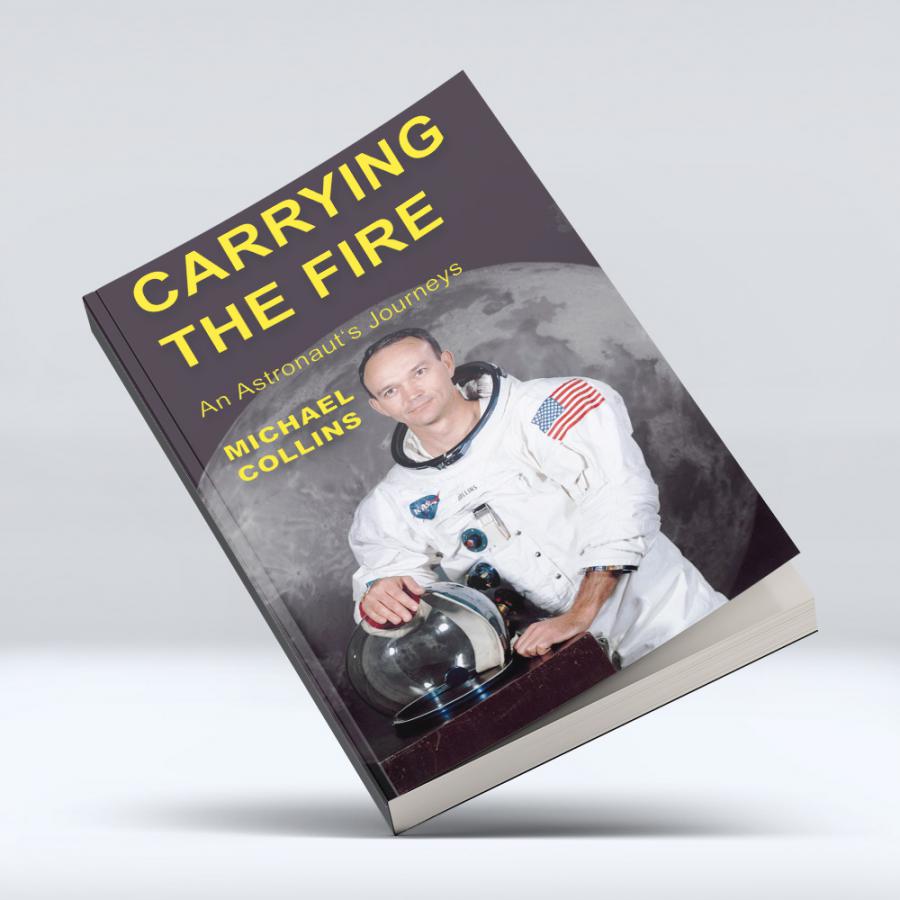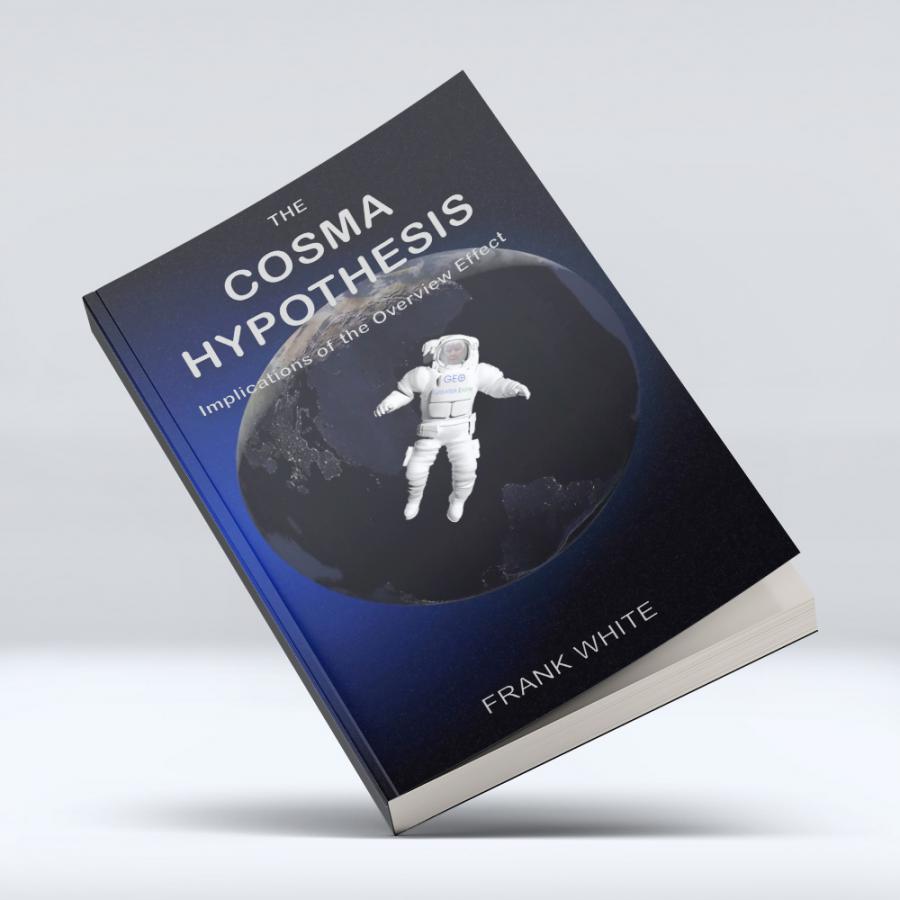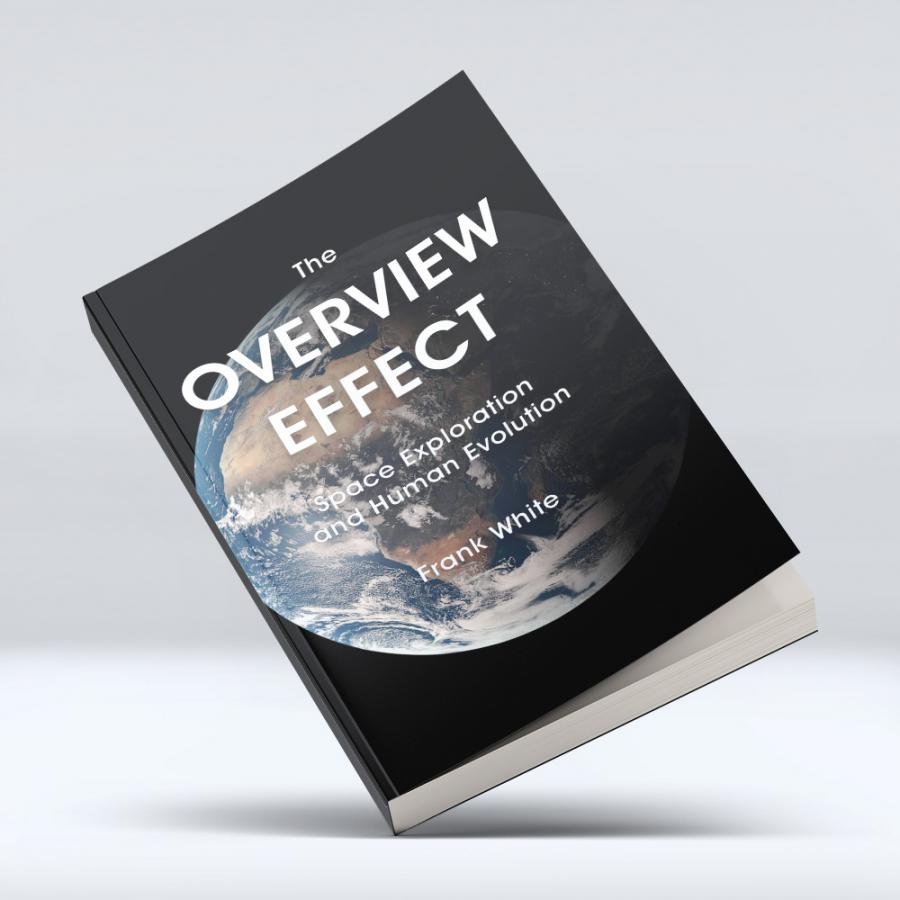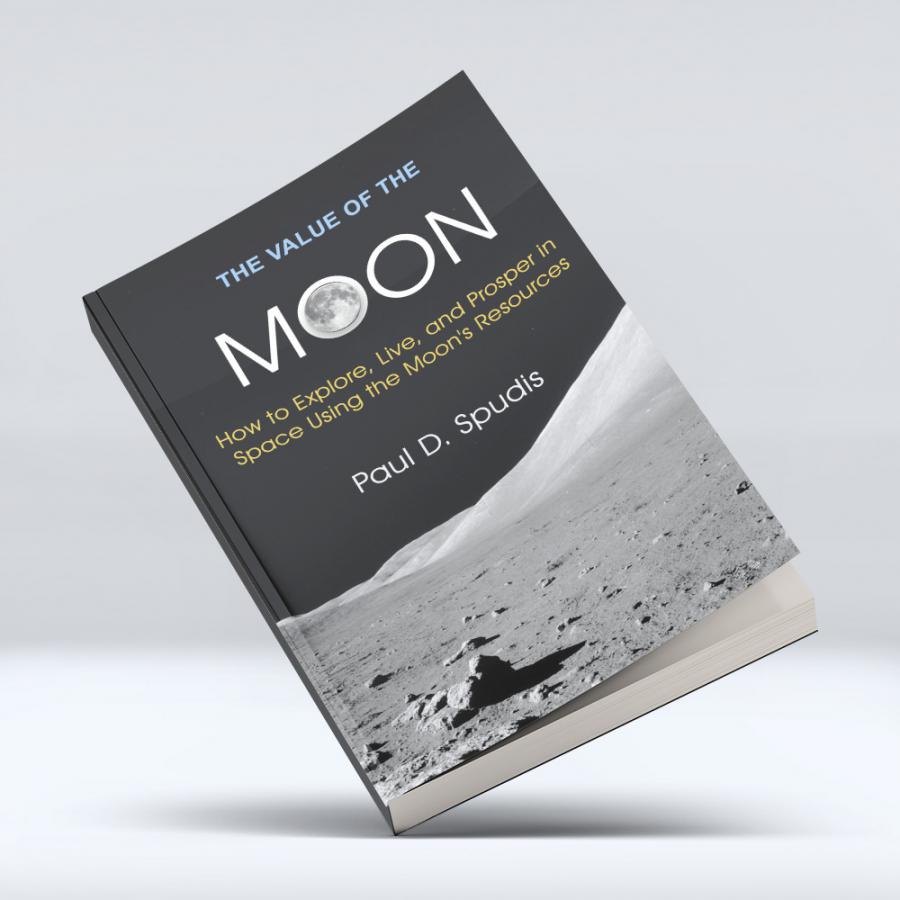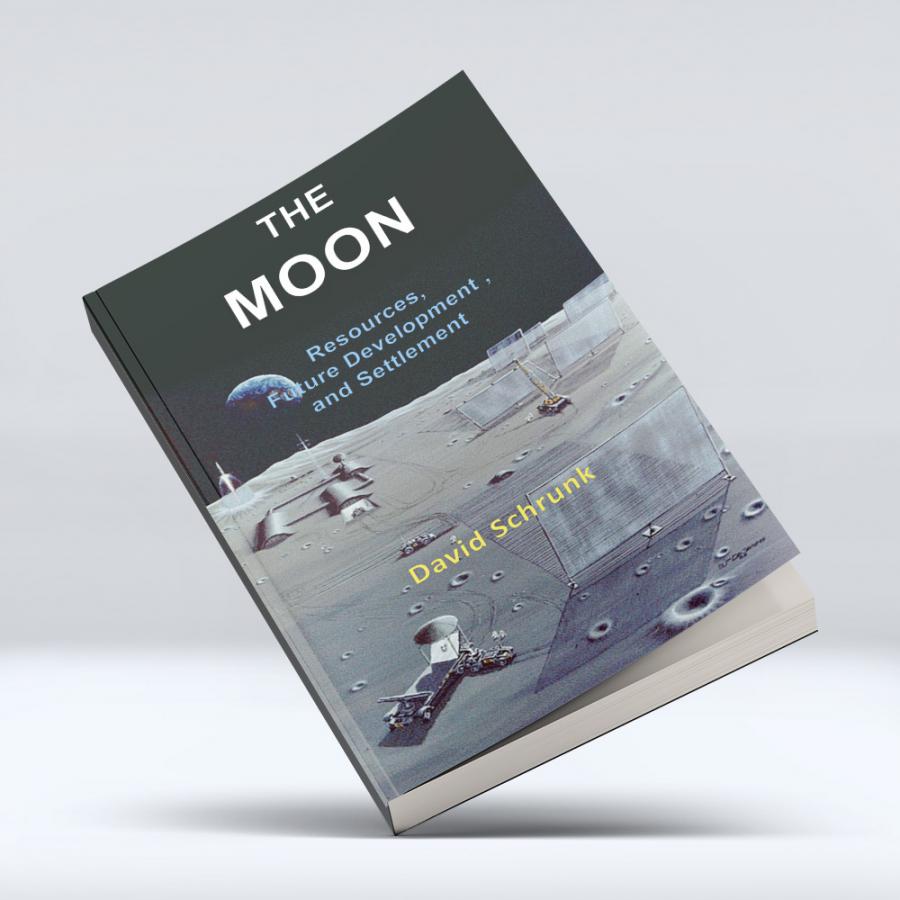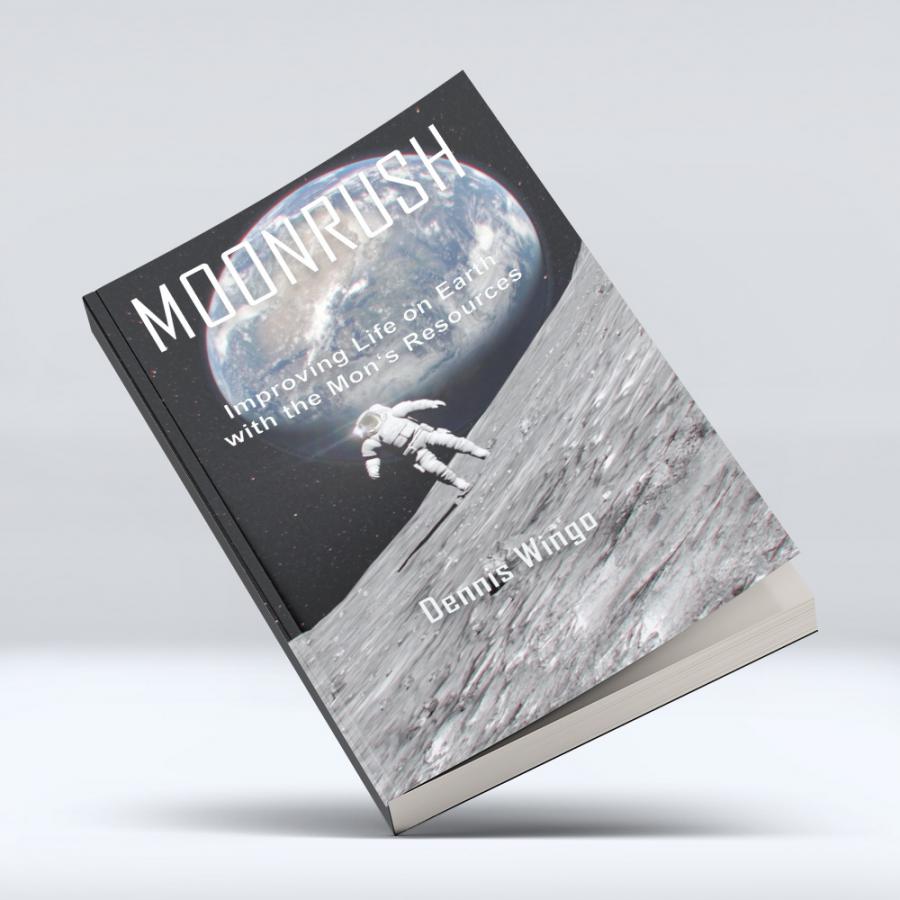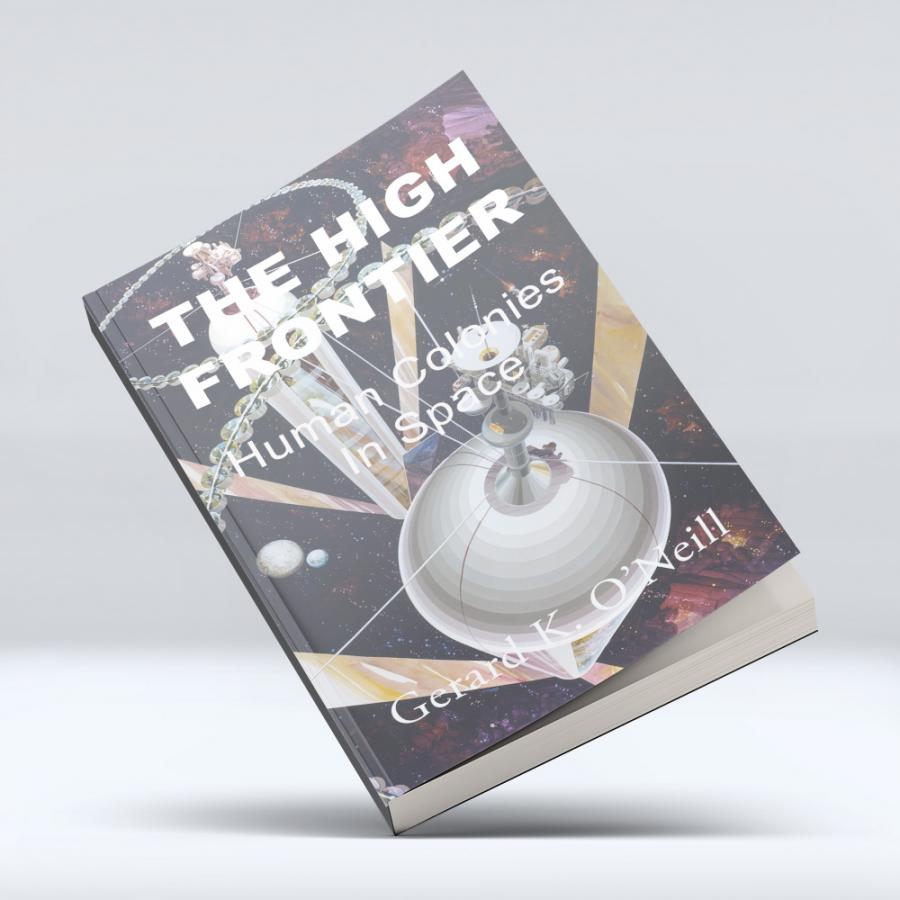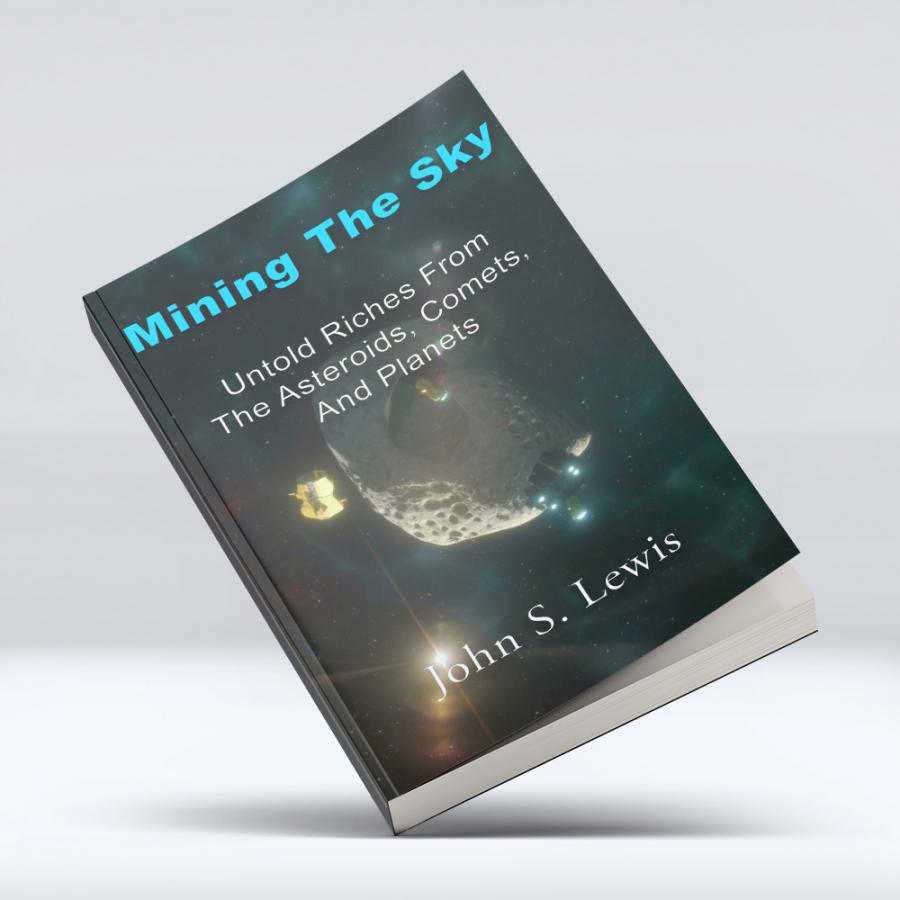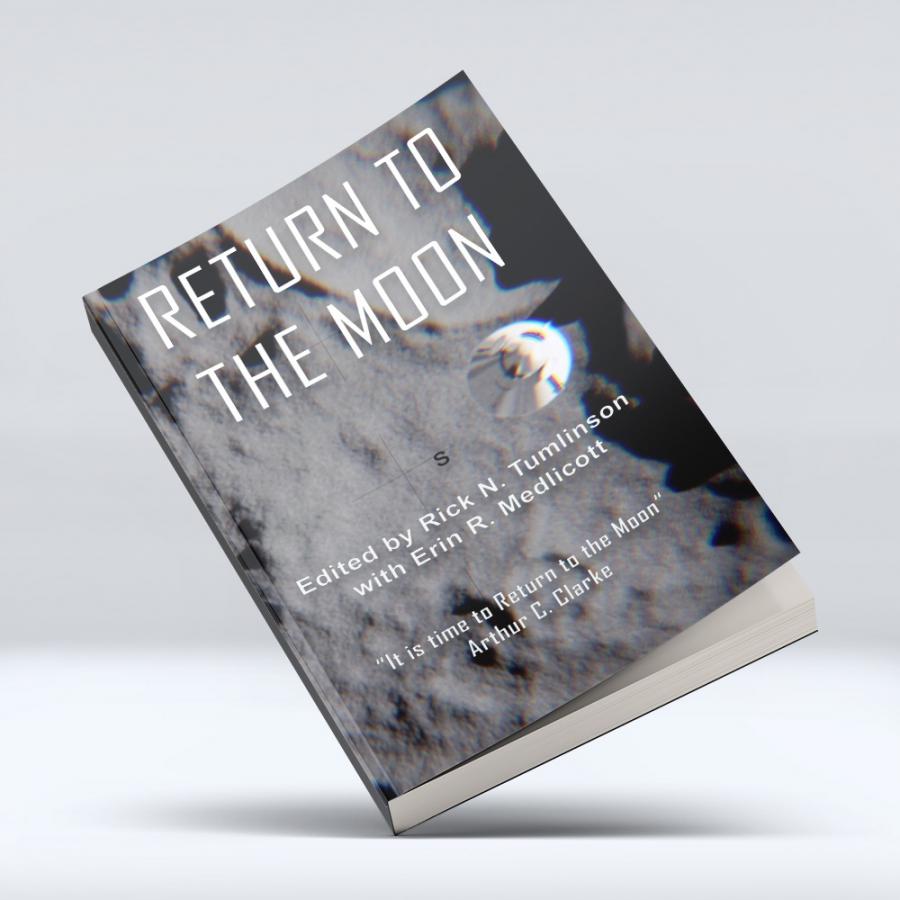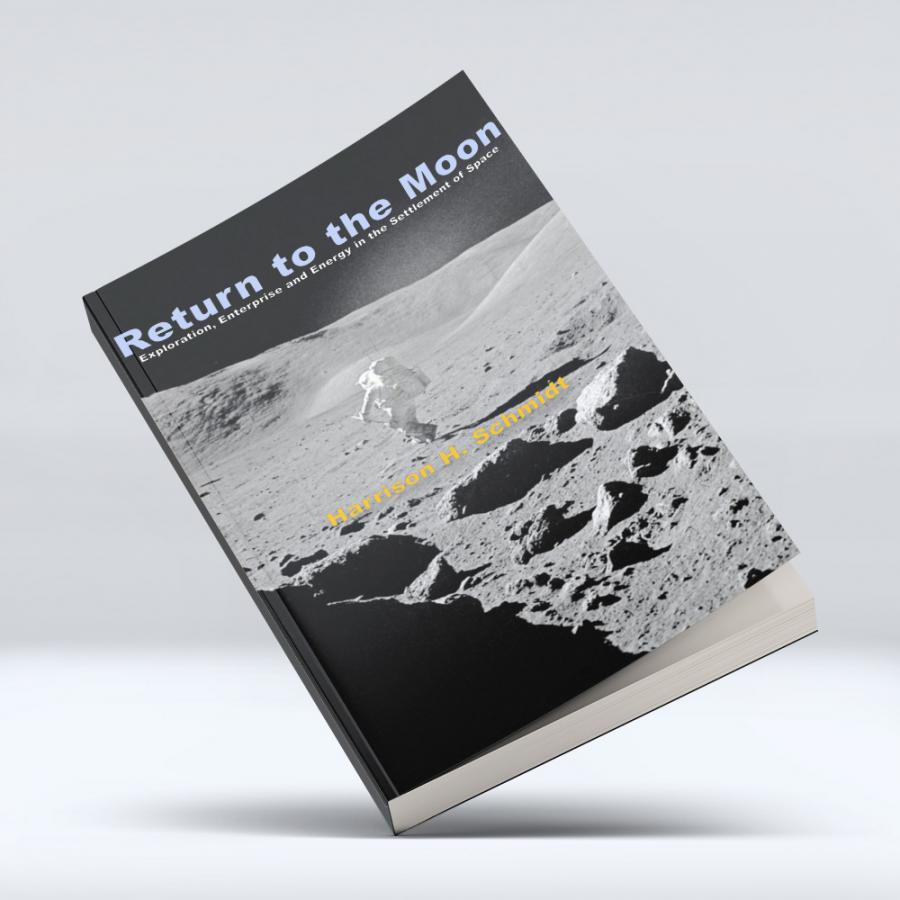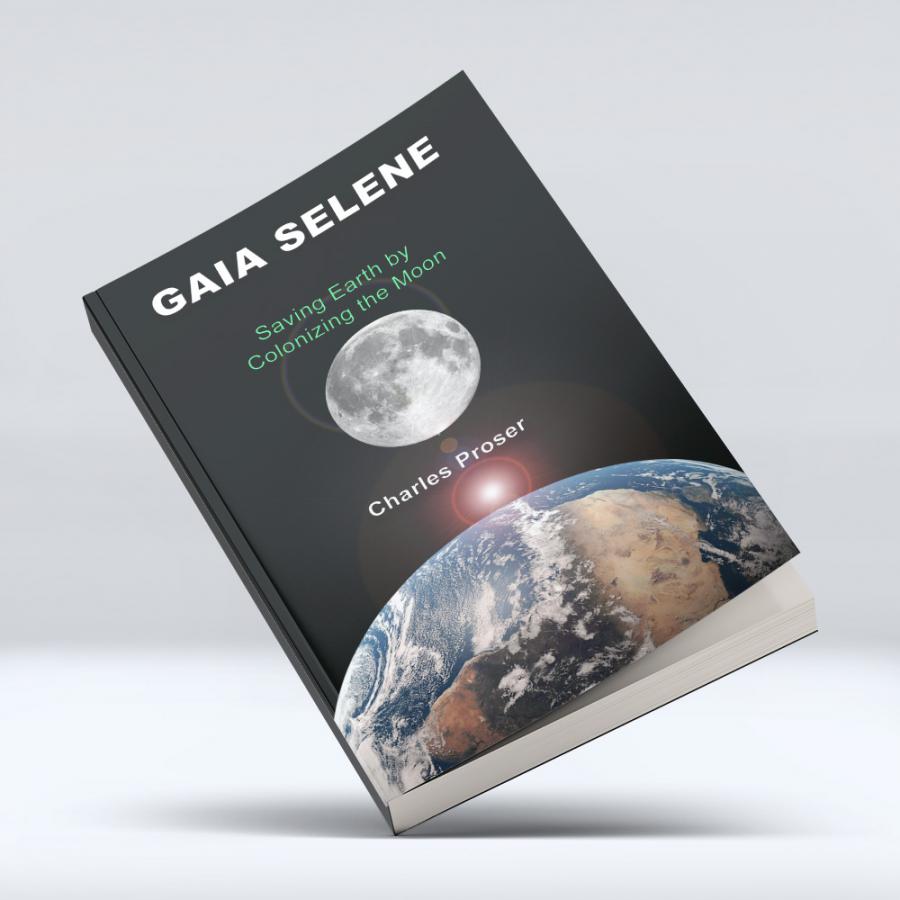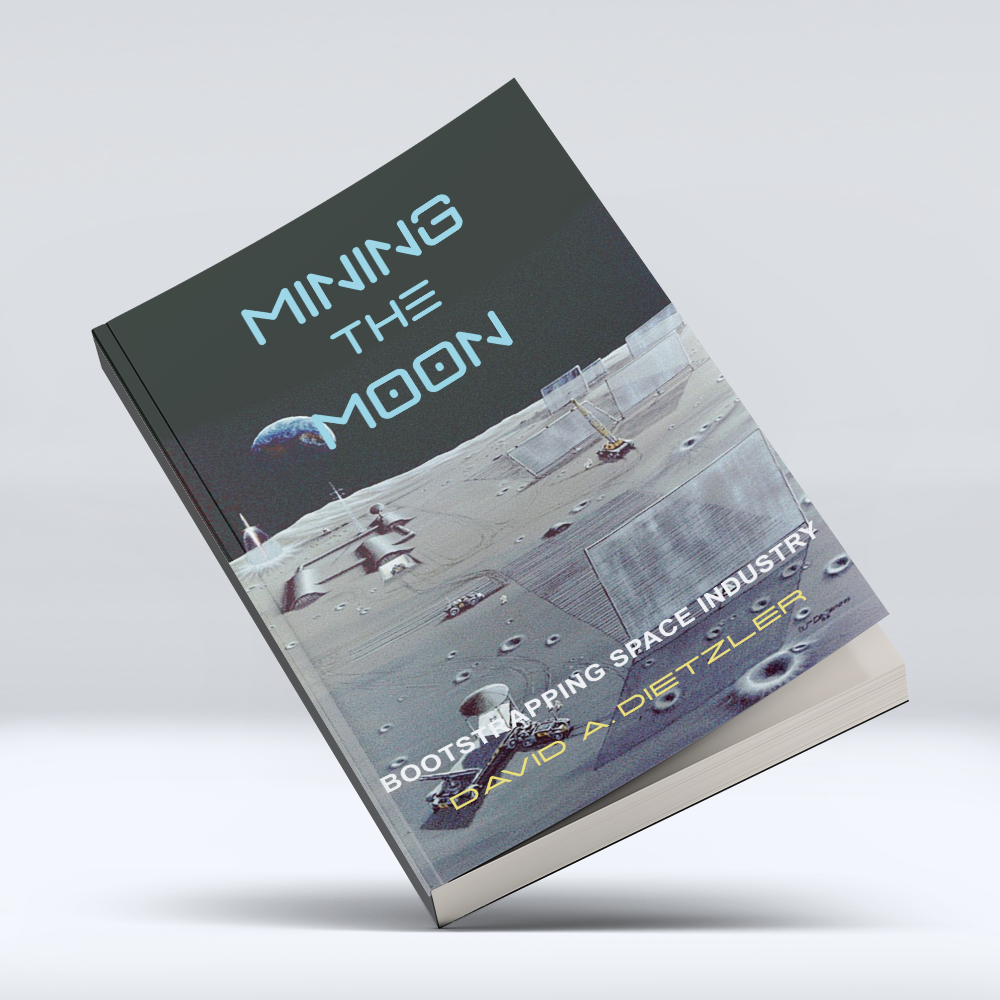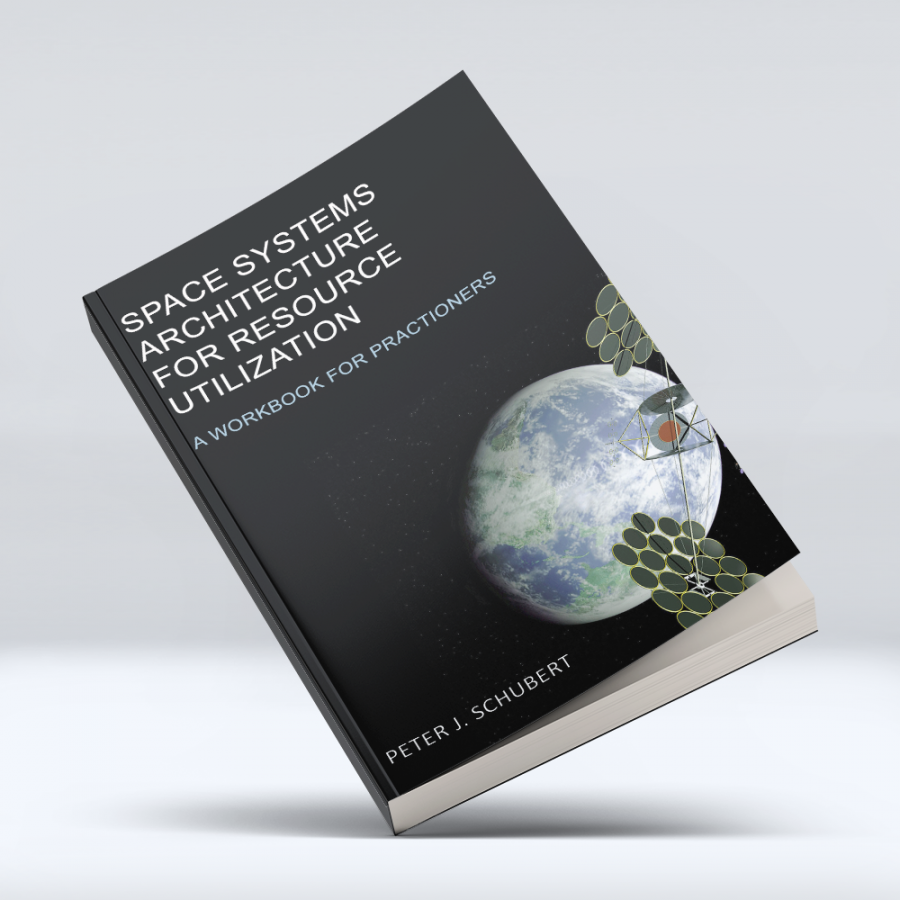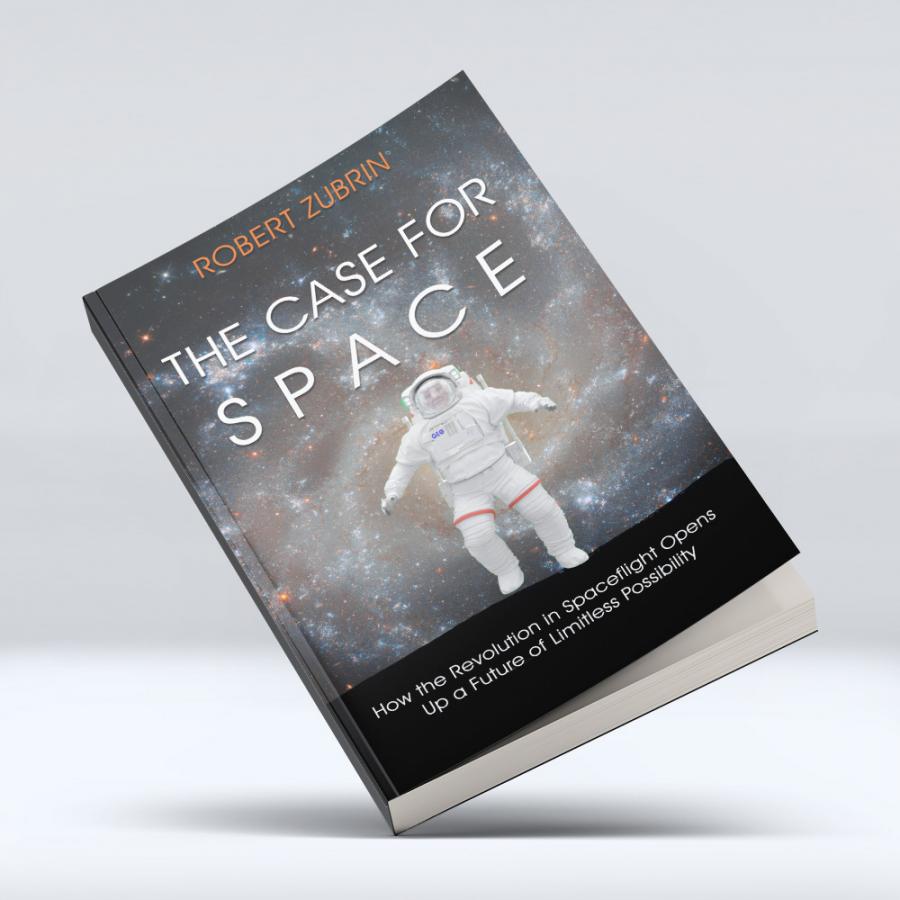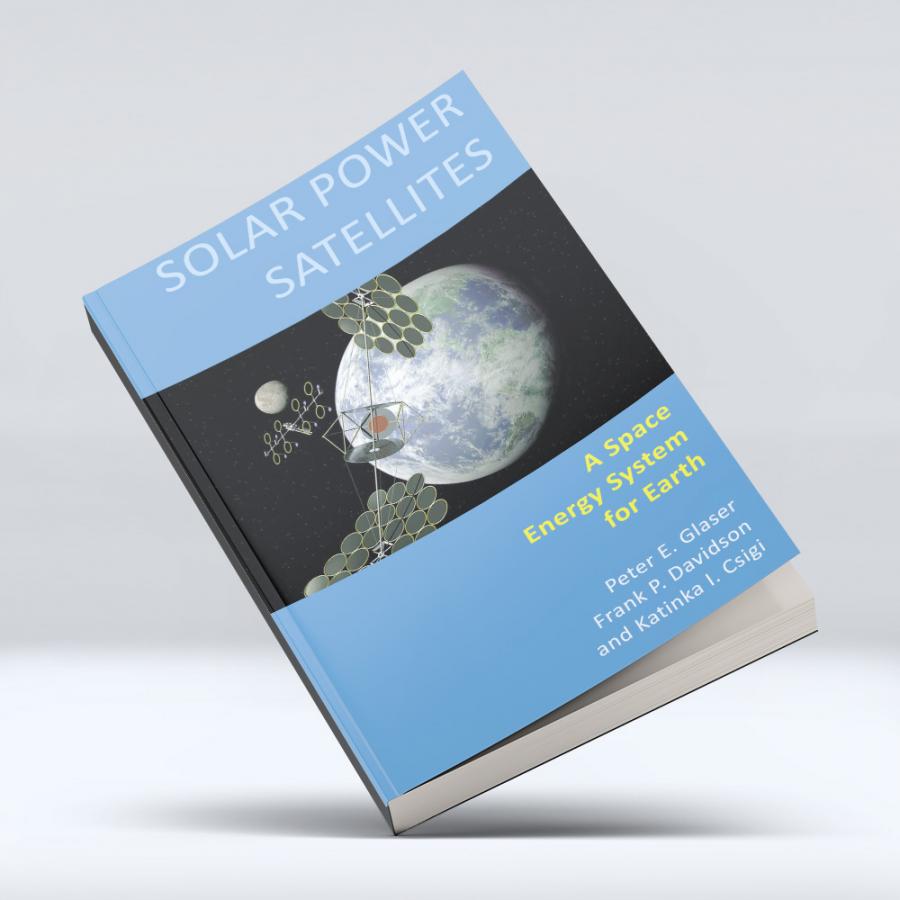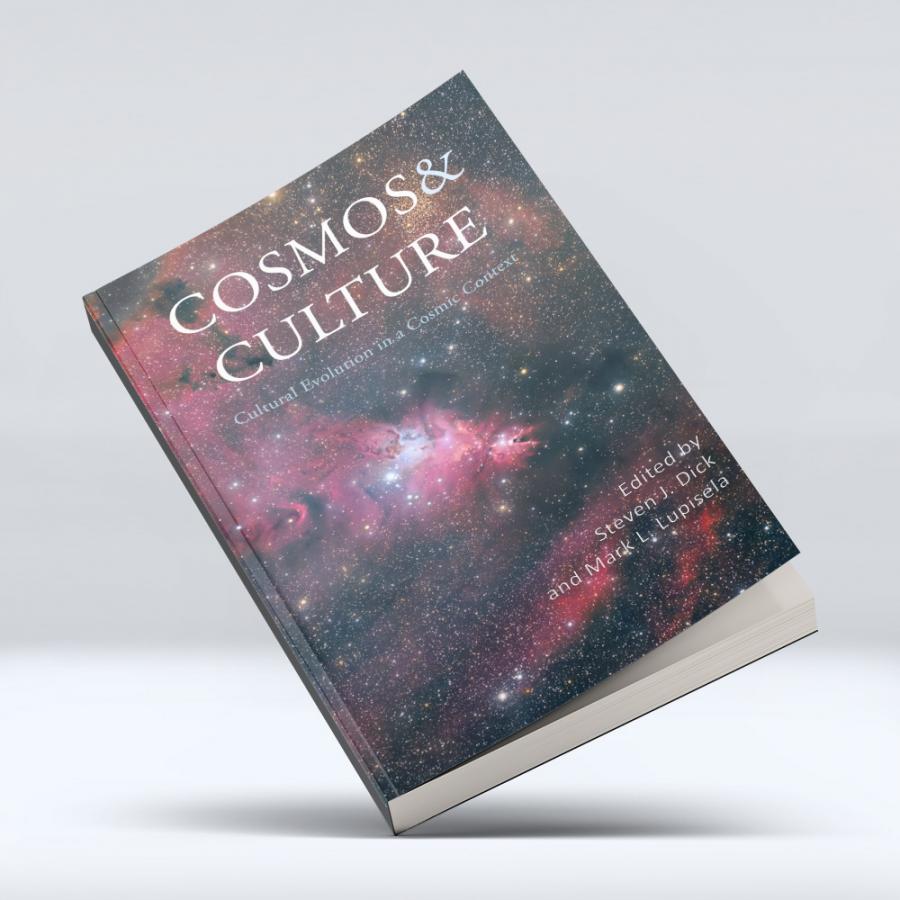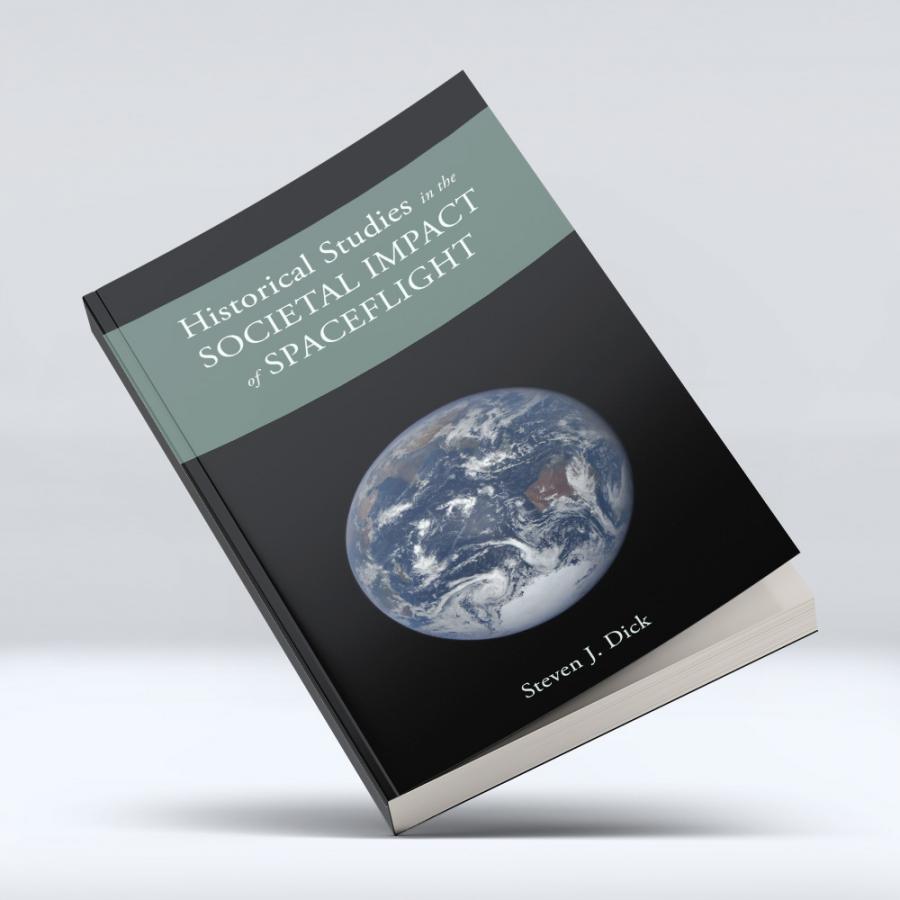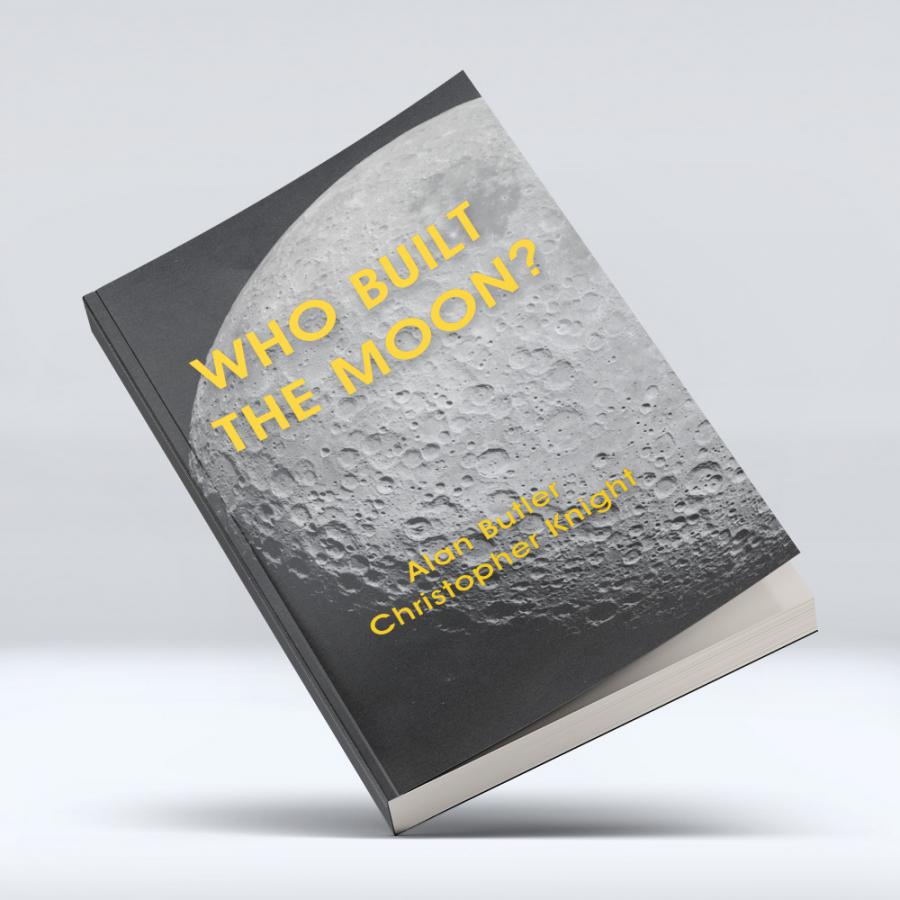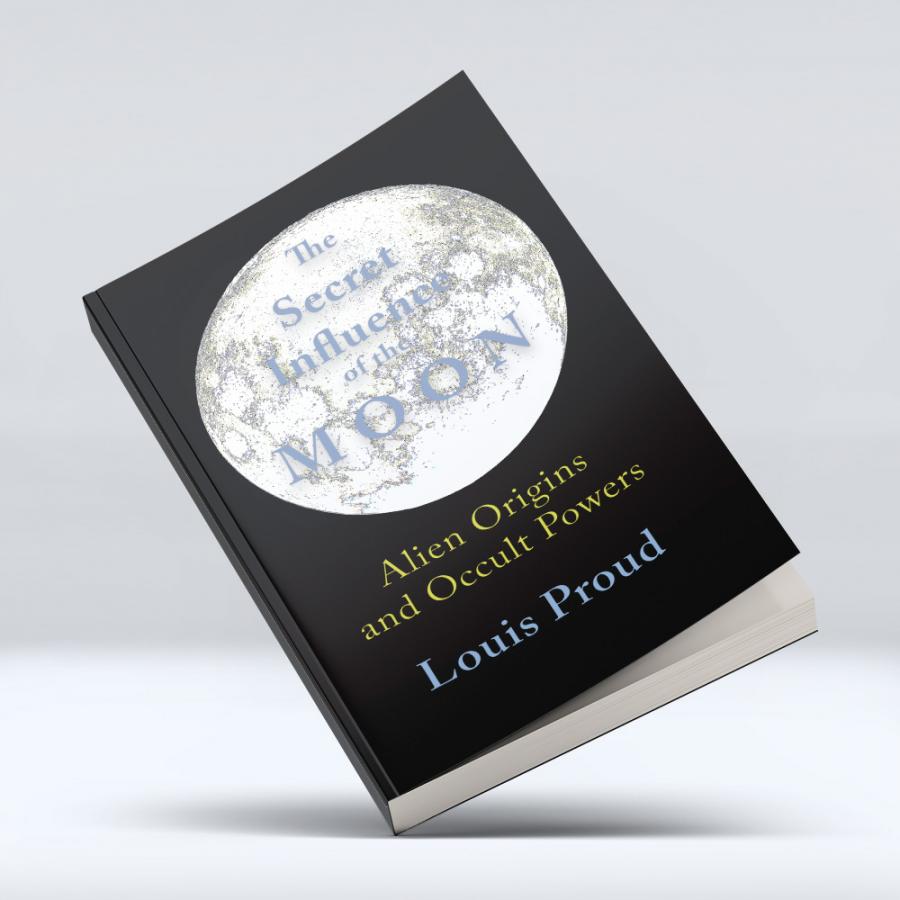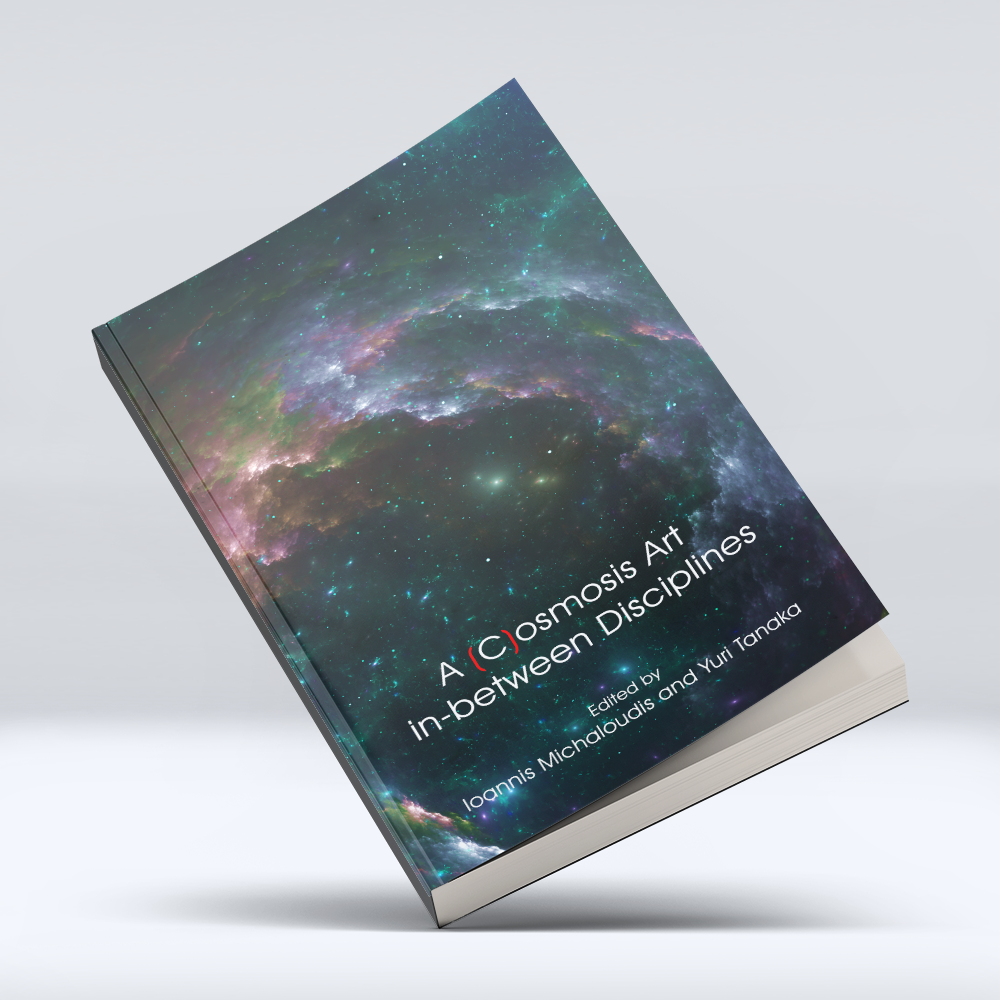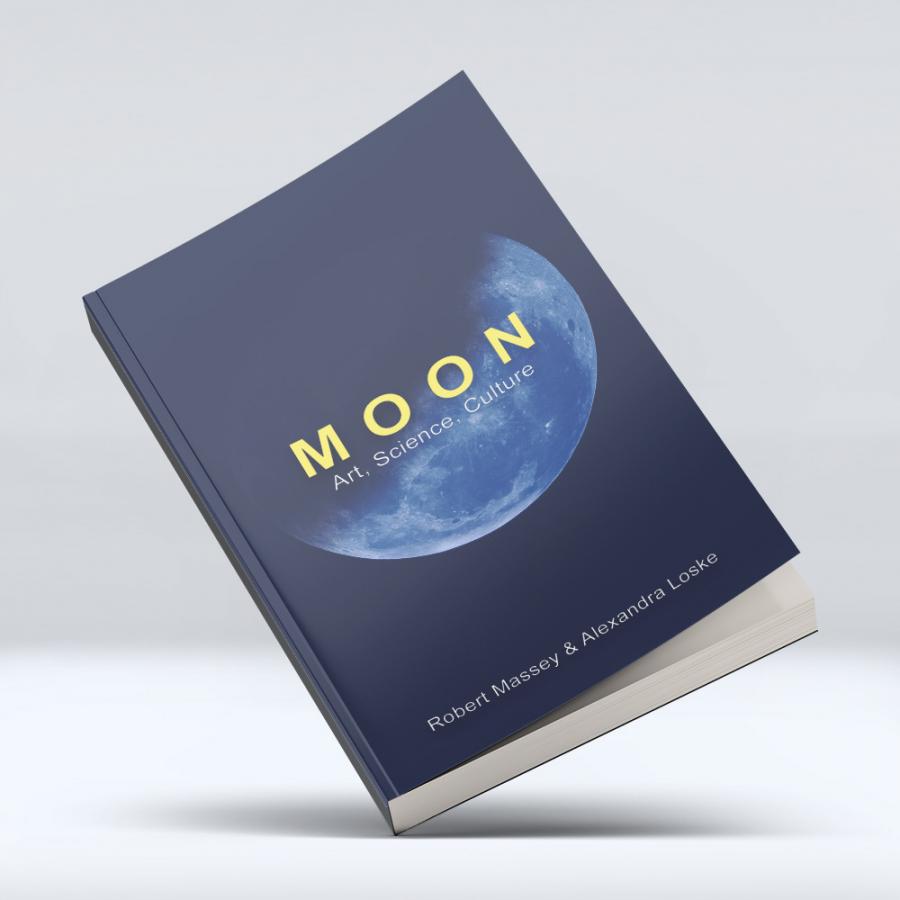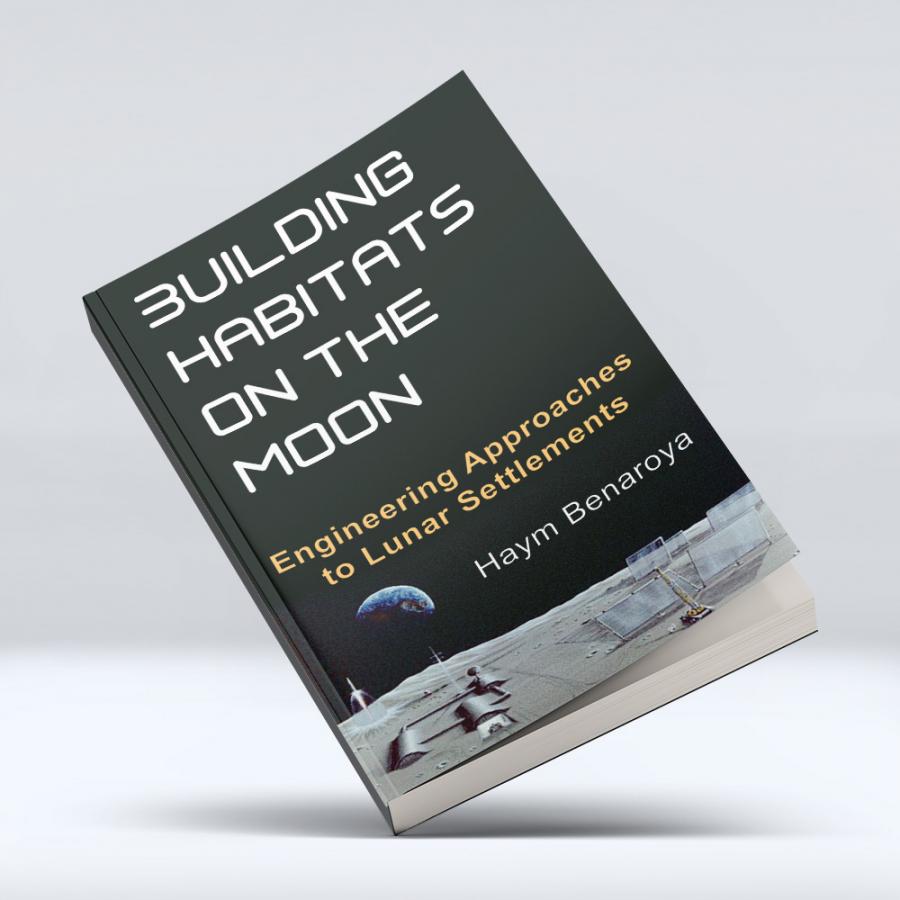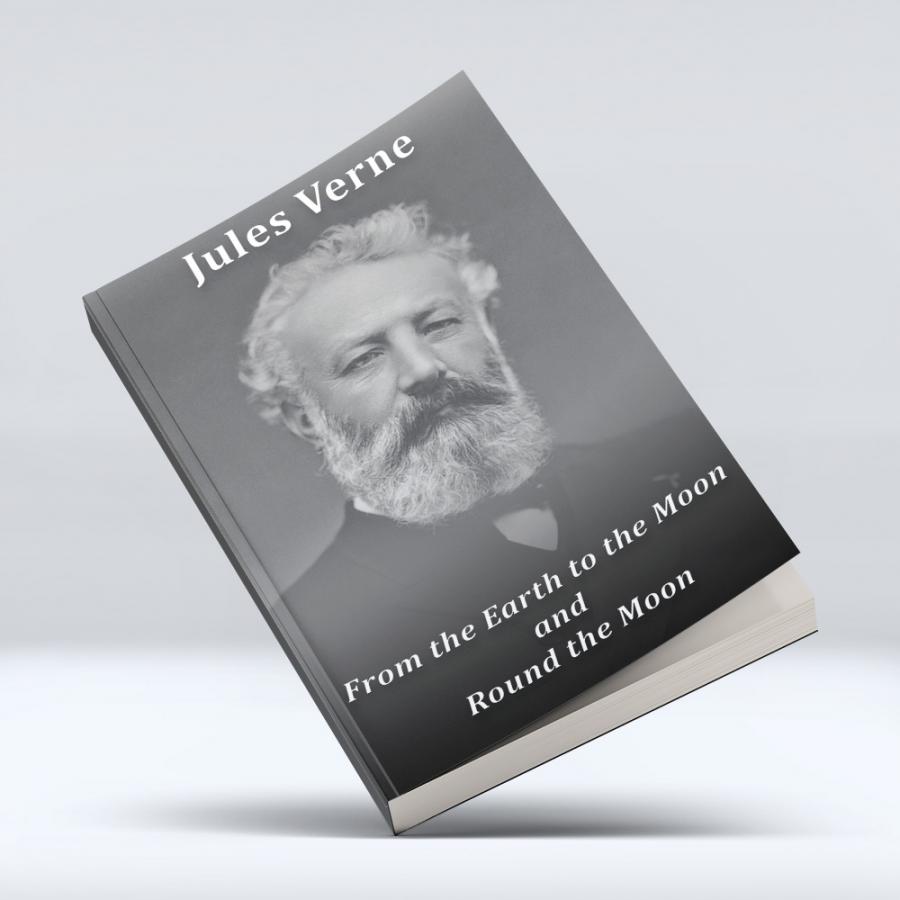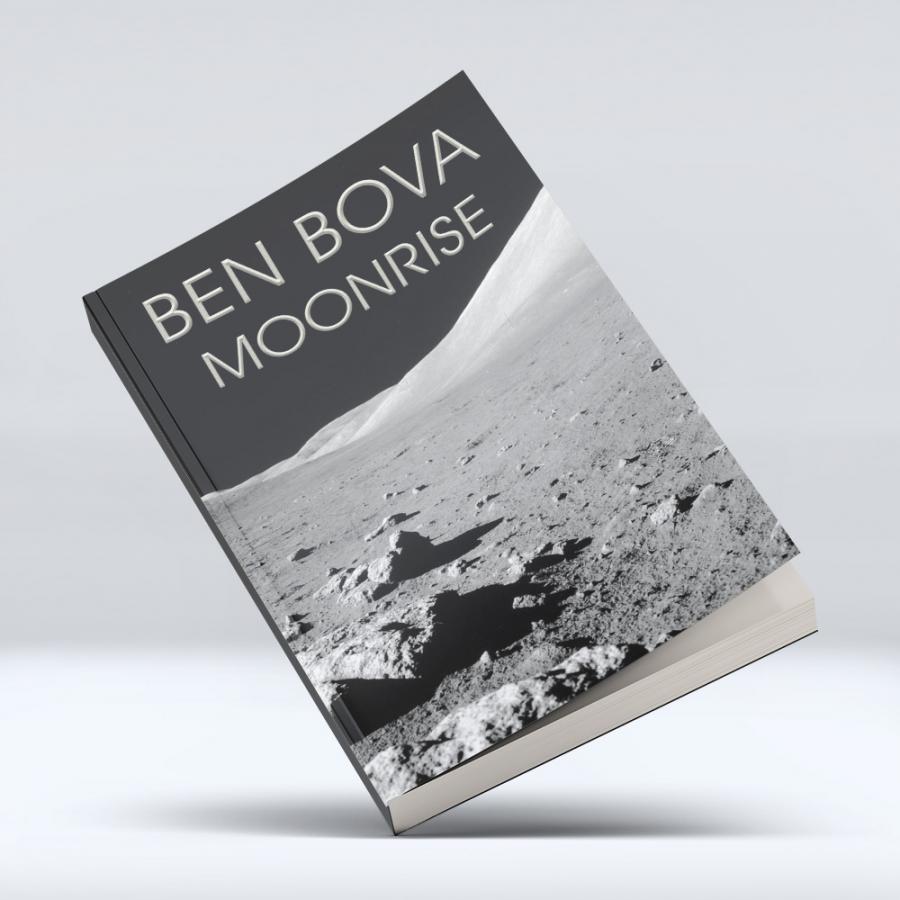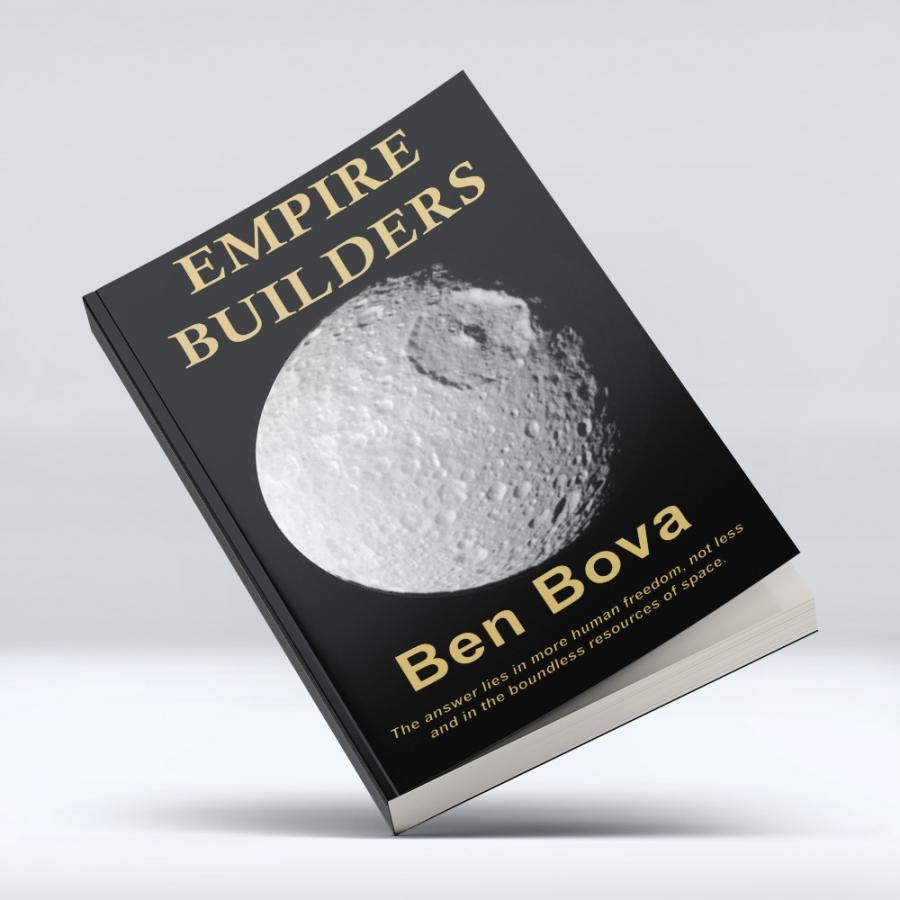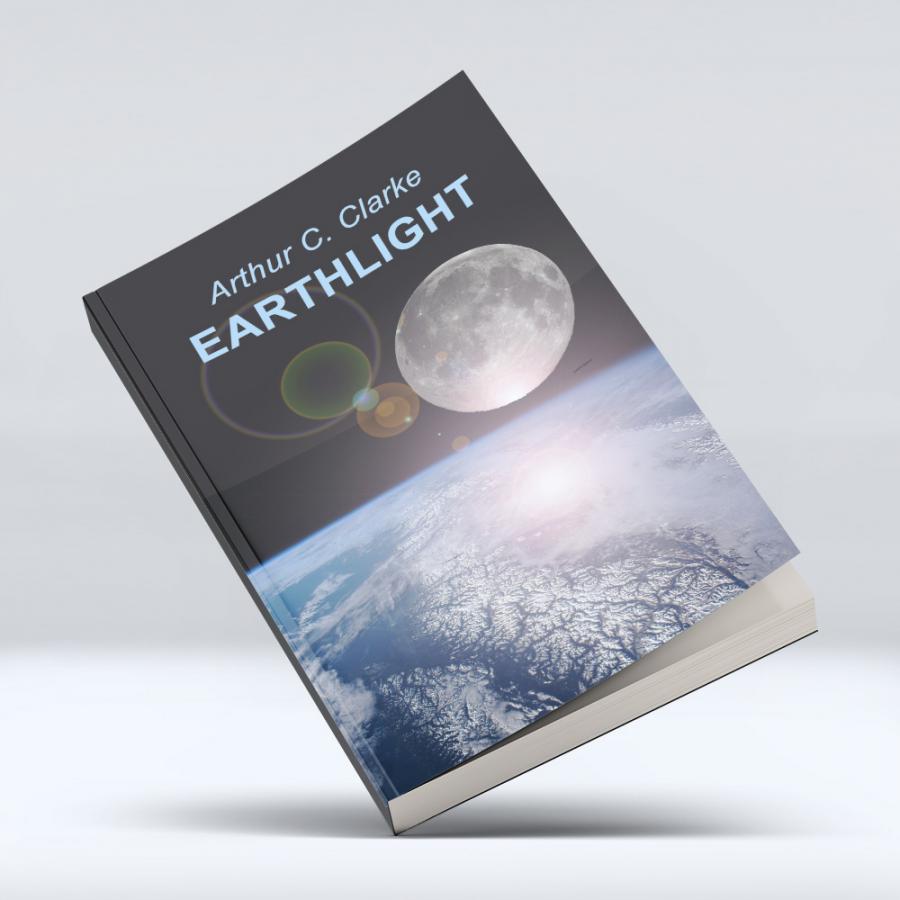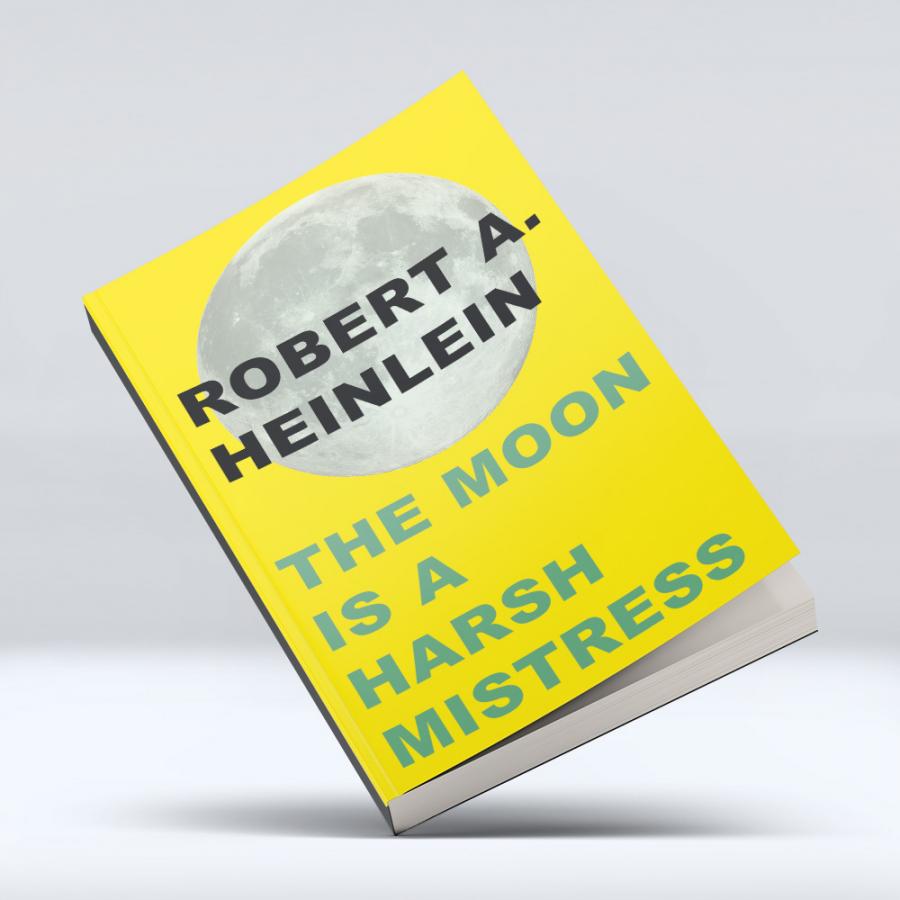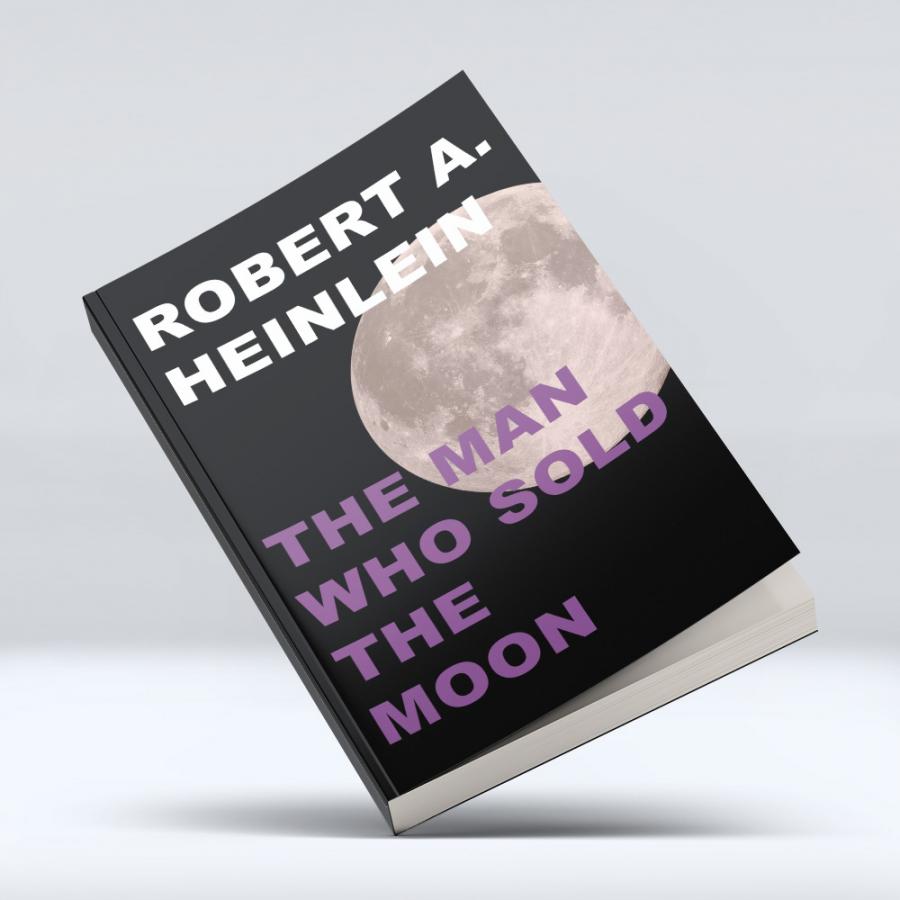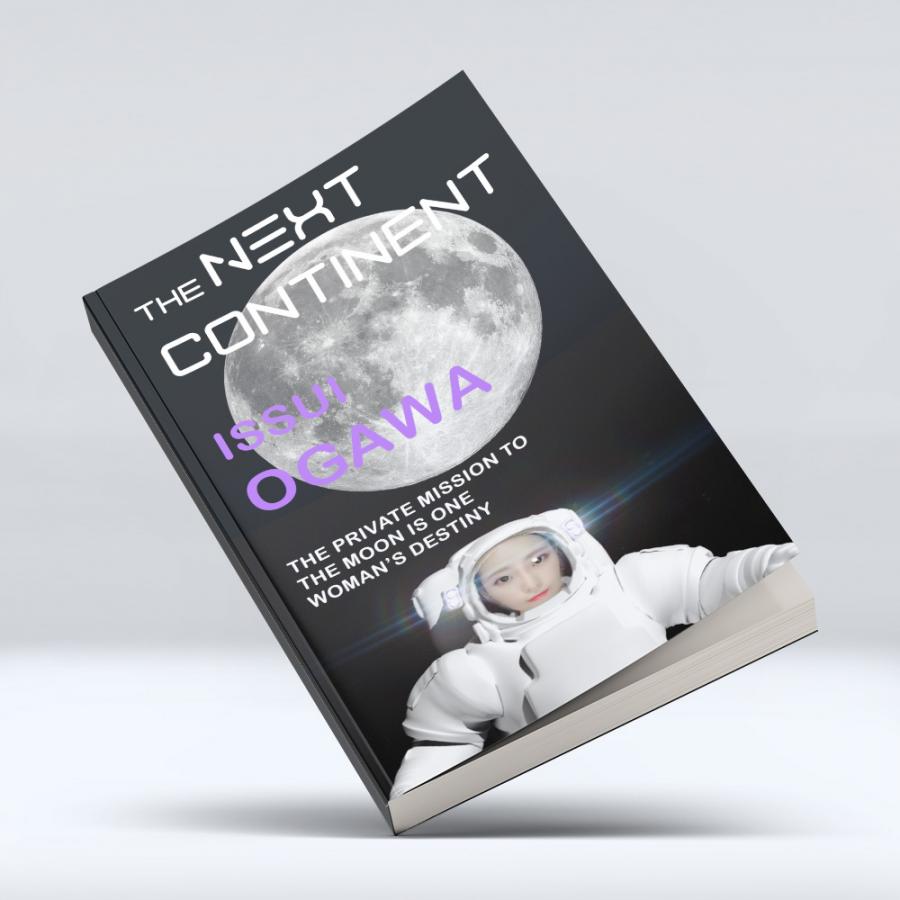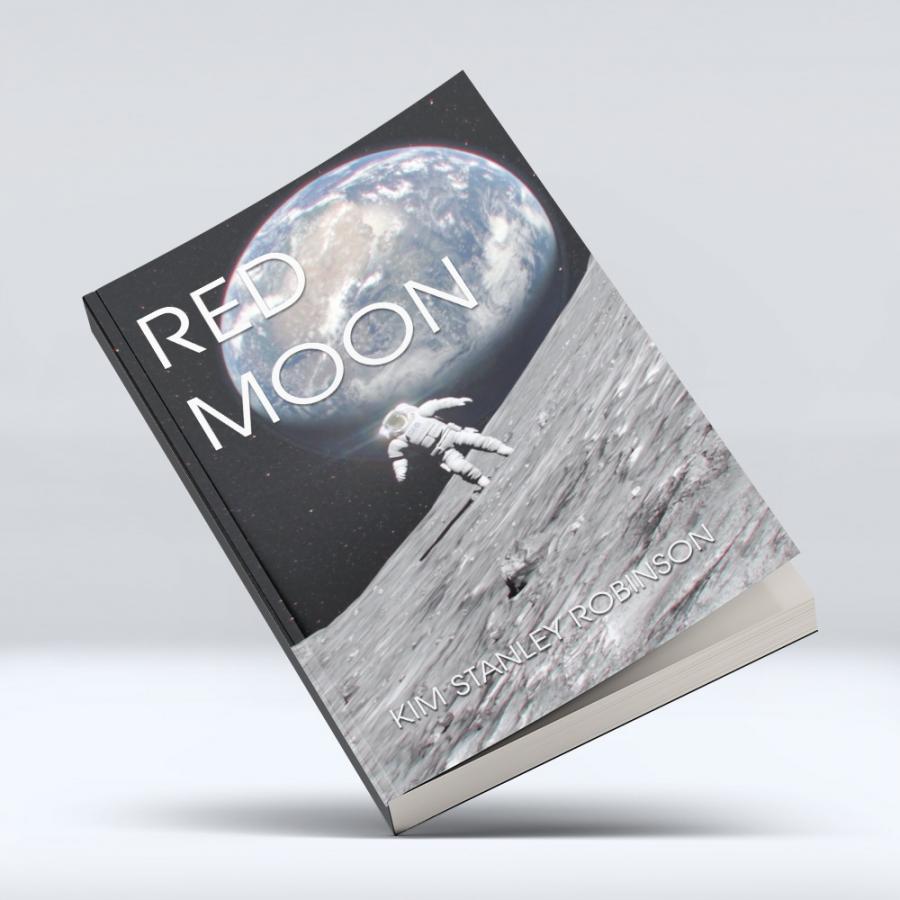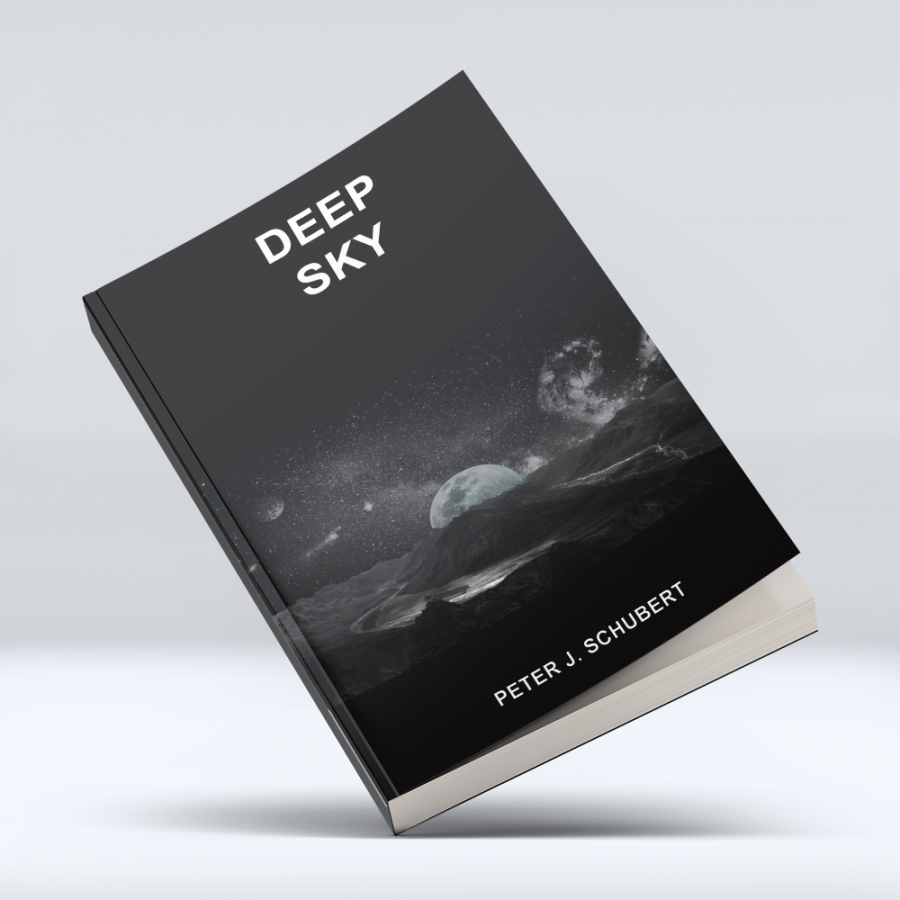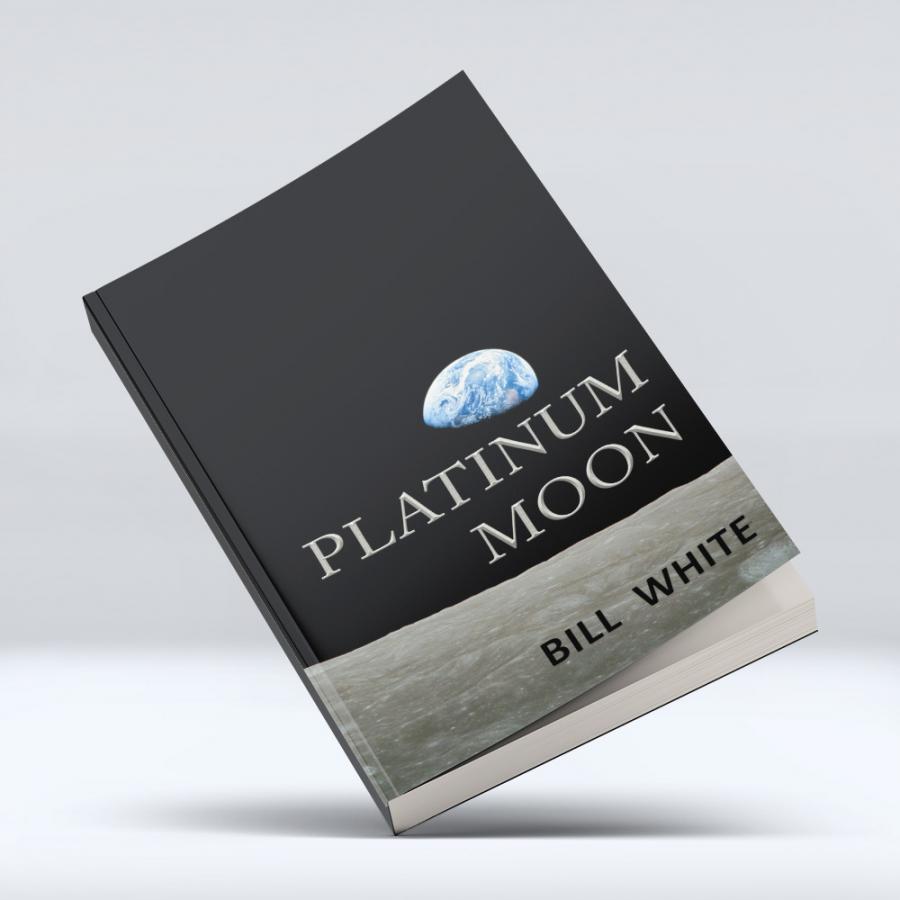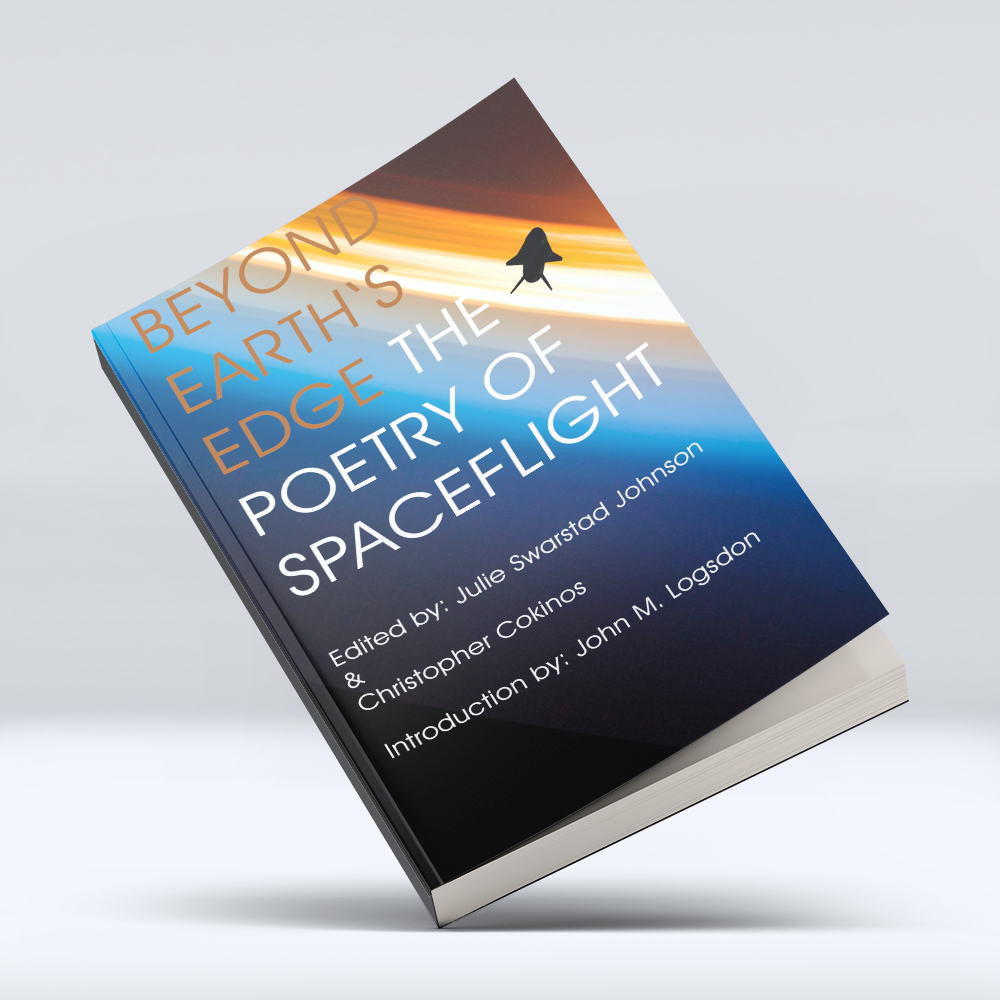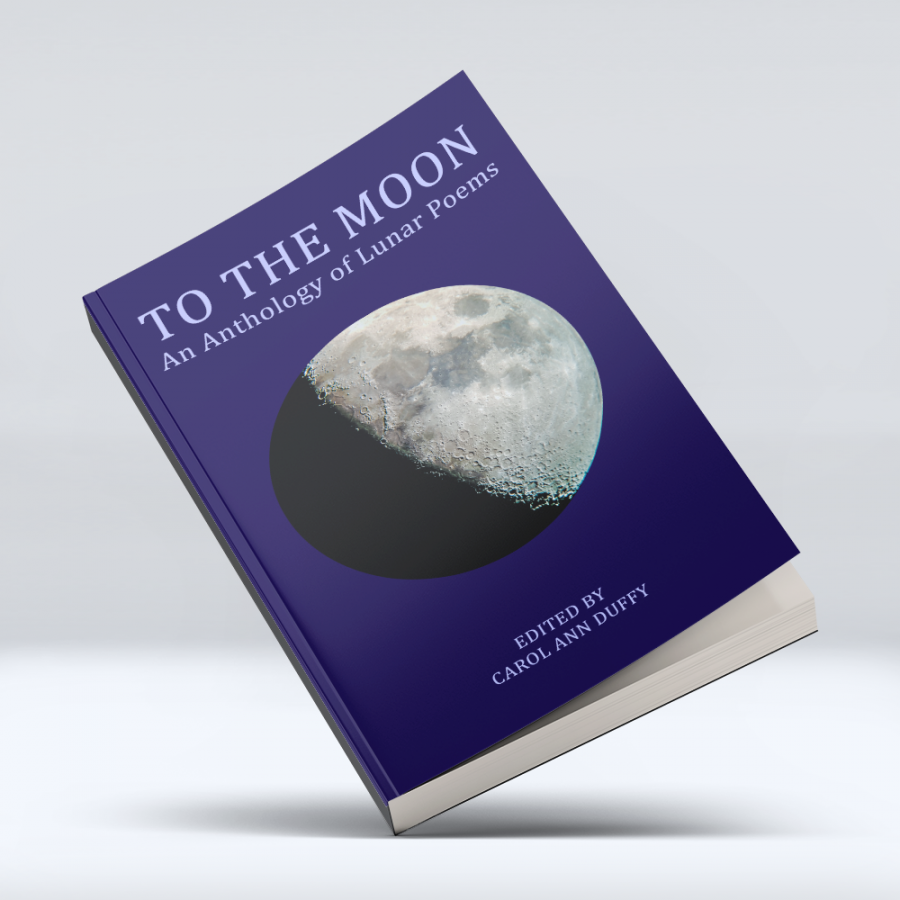Cosmos & Culture: Cultural Evolution in a Cosmic Context
Edited by Steven J. Dick and Mark L. Lupisella
Published by National Aeronautics and Space Administration, October 23, 2011
During the last 50 years, coincident with the Space Age, cosmic evolution has been recognized as the master narrative of the universe, history writ large. Cosmic evolution includes physical, biological, and cultural evolution, and of these the latter is by far the most rapid.
This book is divided into three parts, beginning with the nature and history of cosmic evolution, then focusing on cultural evolution, and finally tackling more explicit themes of the relationships between cosmos and culture.
Four general themes emerge: 1) Long-term cosmic perspectives can be theoretically and practically illuminating for reflecting on culture; 2) cosmology deeply affects and informs culture; 3) culture may have surprising significance in overall cosmic evolution; and 4) expansion into the wider universe is an important, perhaps critical, endeavor. It is our firm belief that these are themes that can and should be more deeply investigated as our terrestrial culture learns more about the cosmos around us.
Quotes:
"culture” is an amorphous and ambiguous term, with an uneasy relationship to its cousin “society.” Like many complex concepts, dwelling on perfect definitions of culture, and in particular, cultural evolution, can be tricky and perhaps even distracting, because there are often blurry boundaries and intractable counter-examples."
"Evolution, broadly considered, has become a powerful unifying concept in all of science, providing a comprehensive worldview for the new millennium. Among all of nature’s diverse systems, energy—acquired, stored, and expressed—is a principal driver of the rising complexity of galaxies, stars, planets and life-forms in the expanding universe. Our cultural curiosity is both a result of, and a key to understanding, myriad cosmic-evolutionary events that have shaped our material origins."
Vist NASA website for free download:
https://go.nasa.gov/33Dppbj


